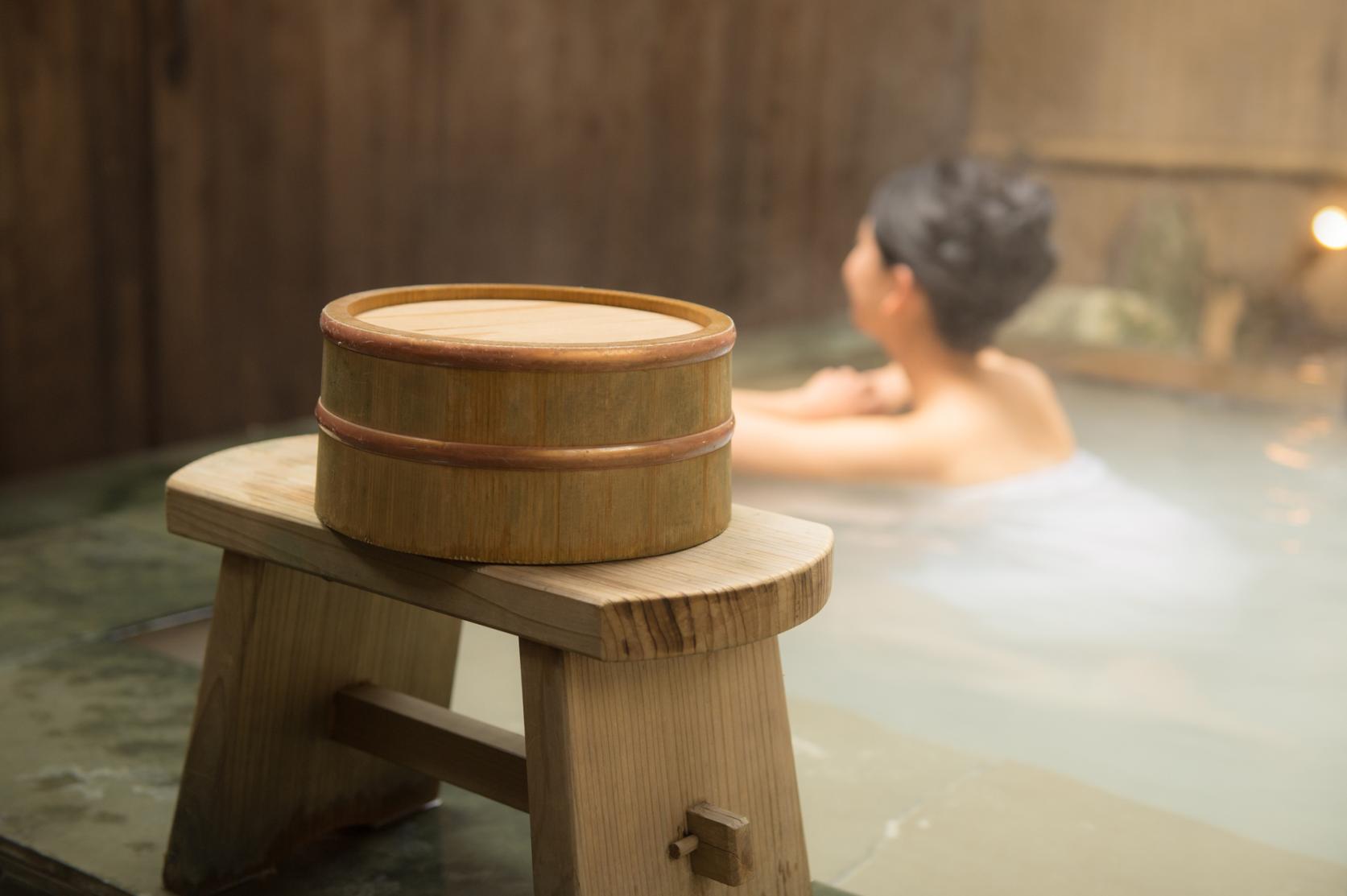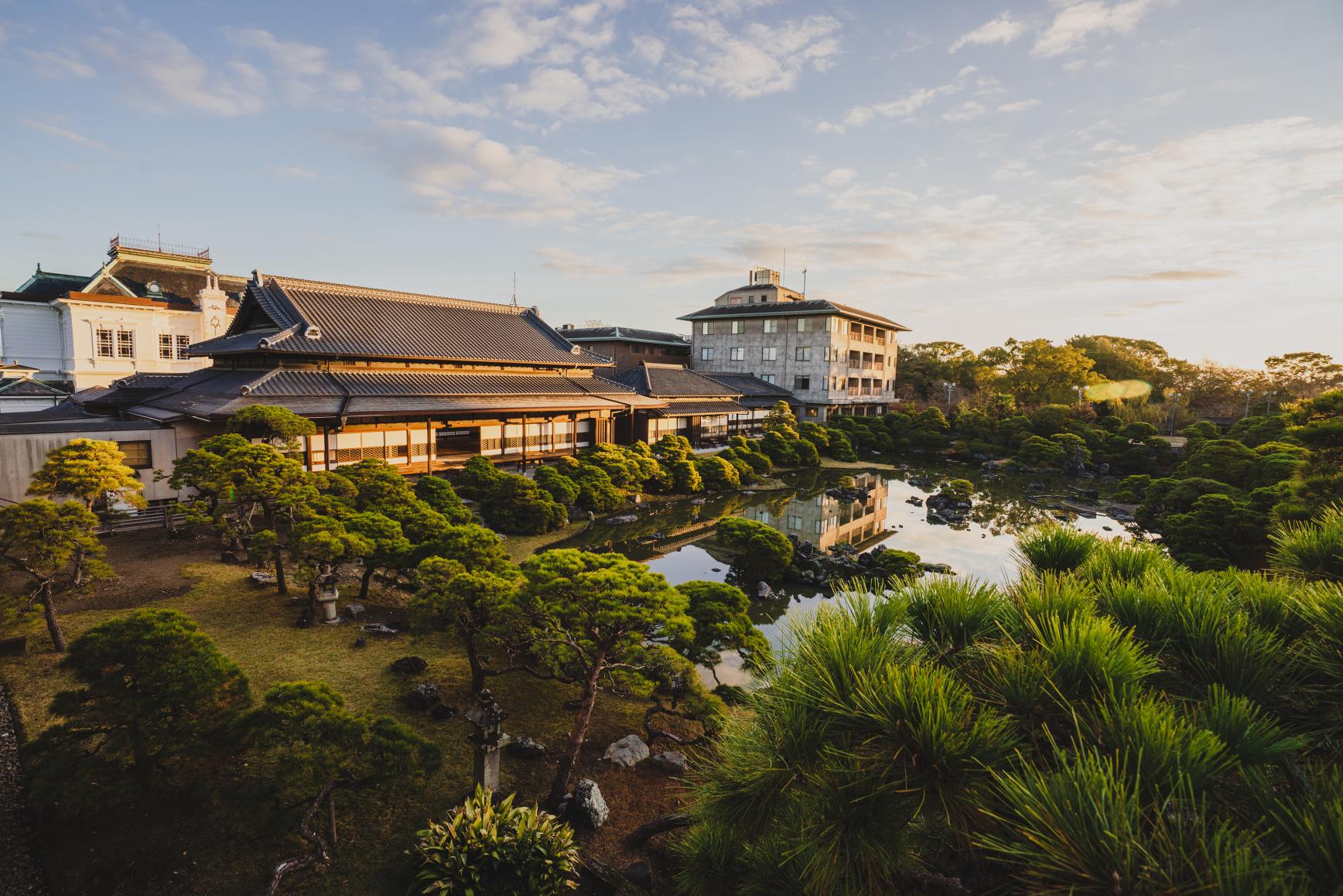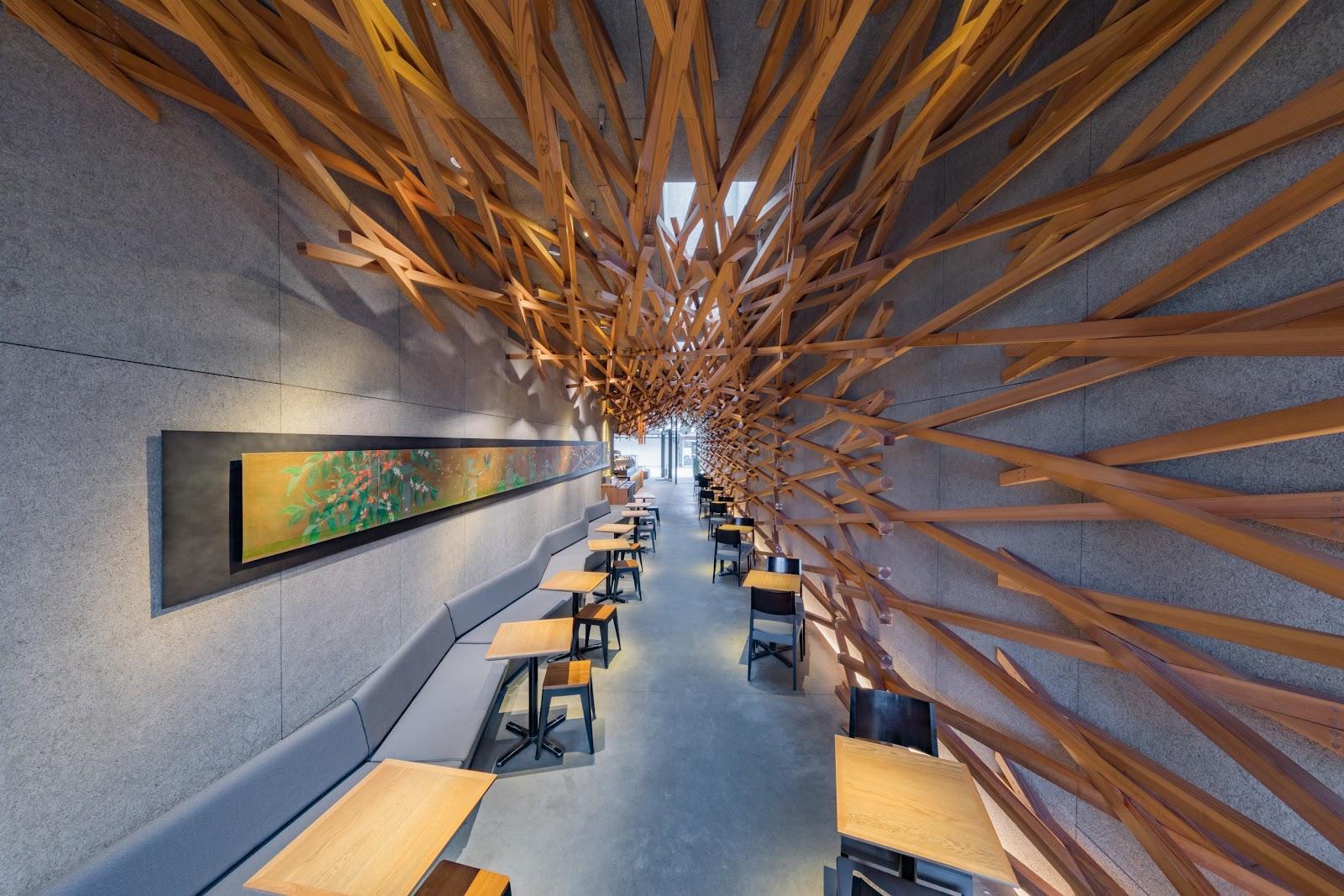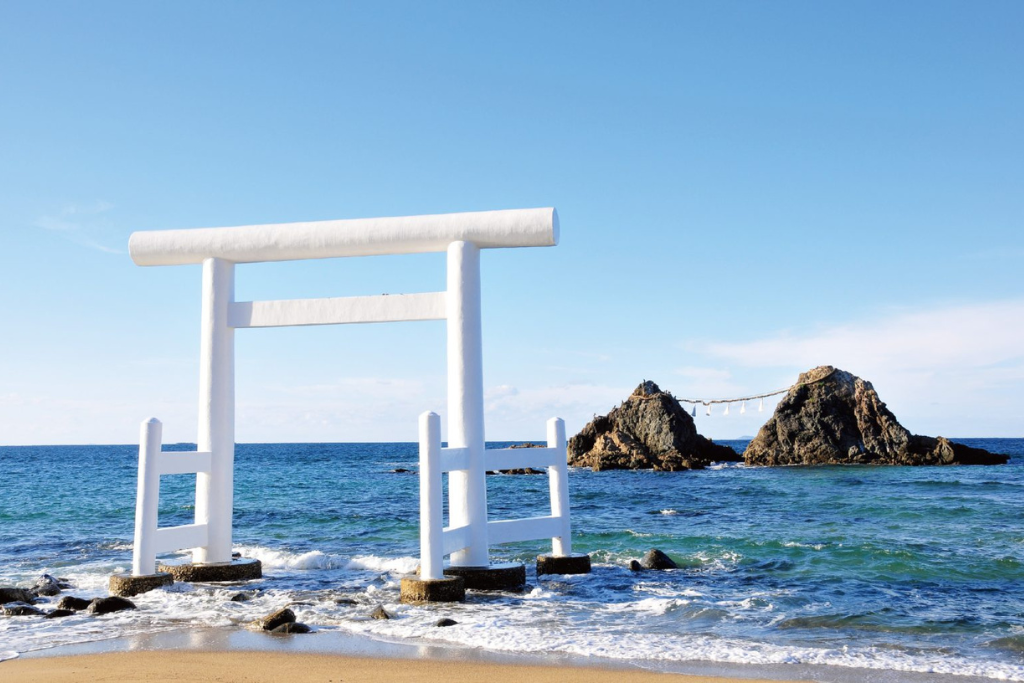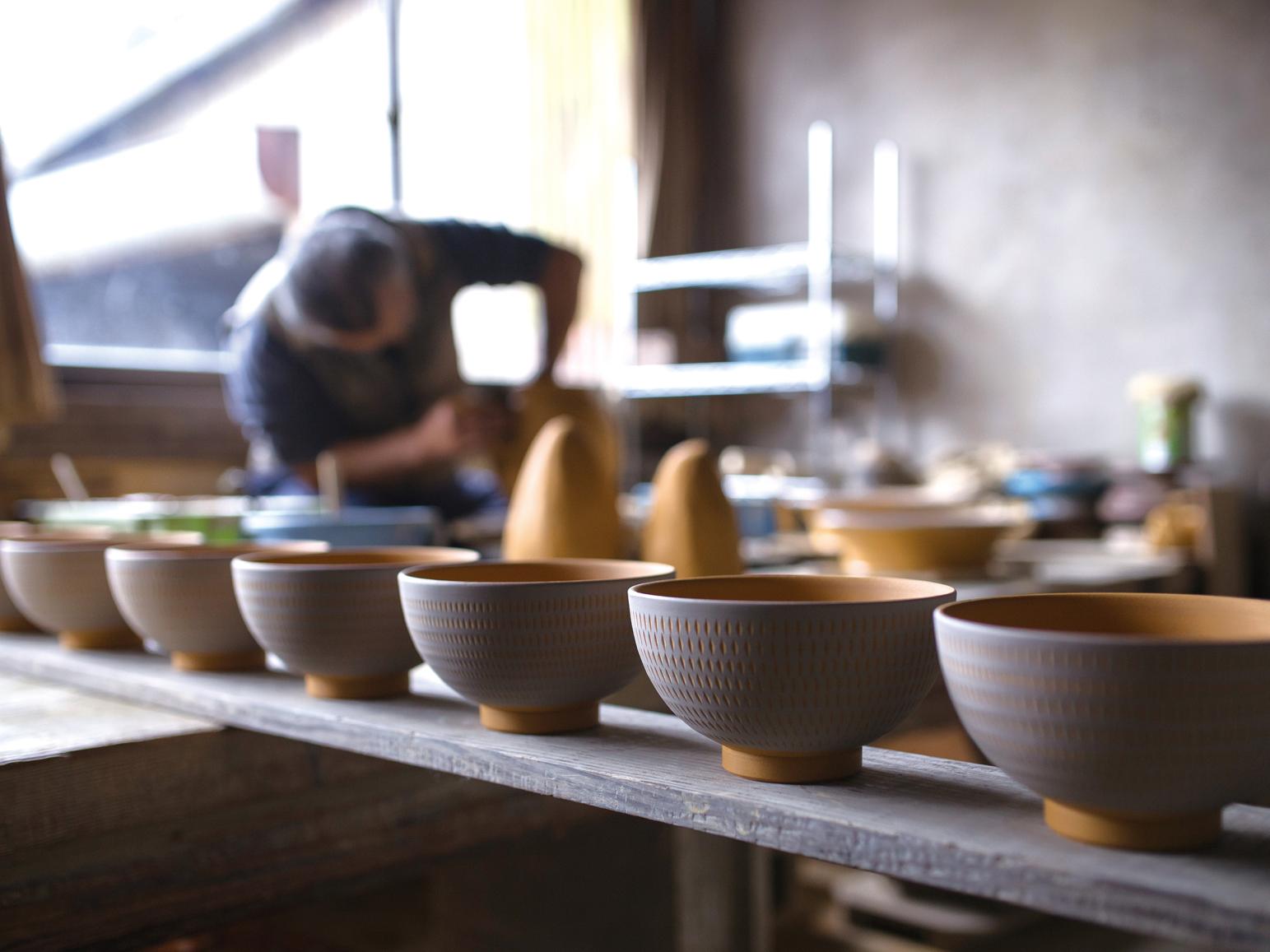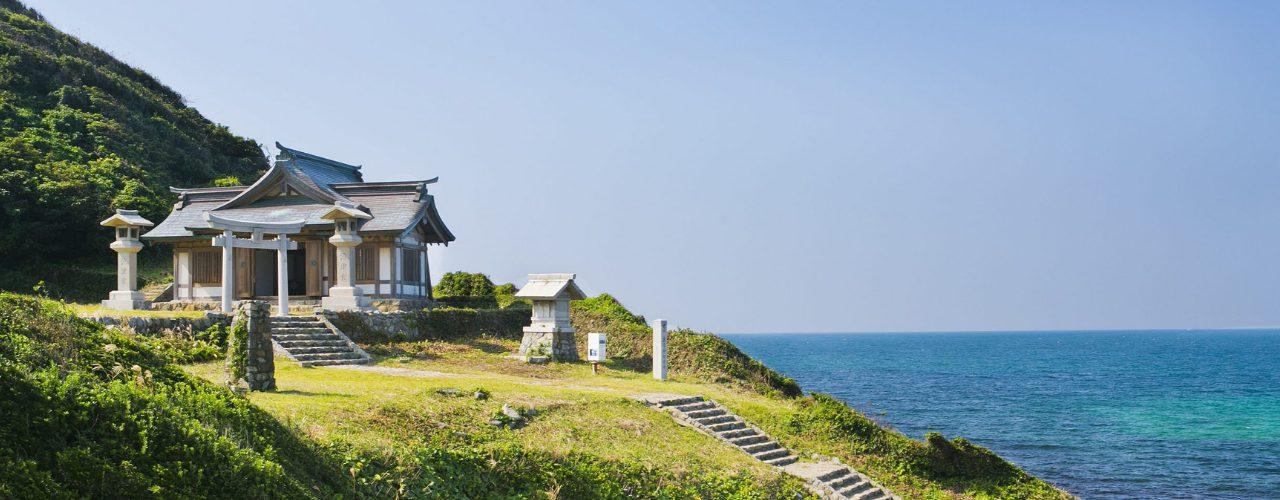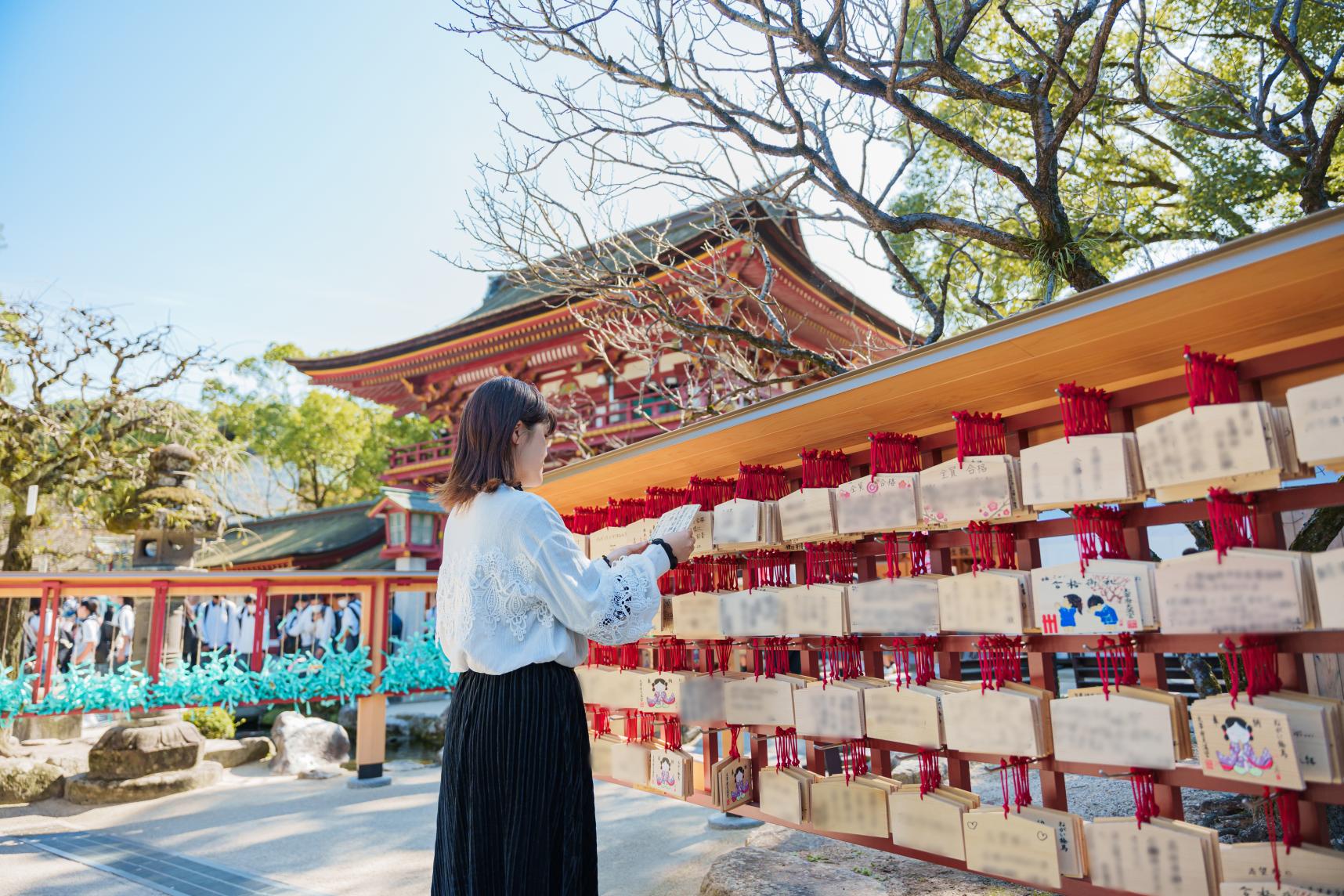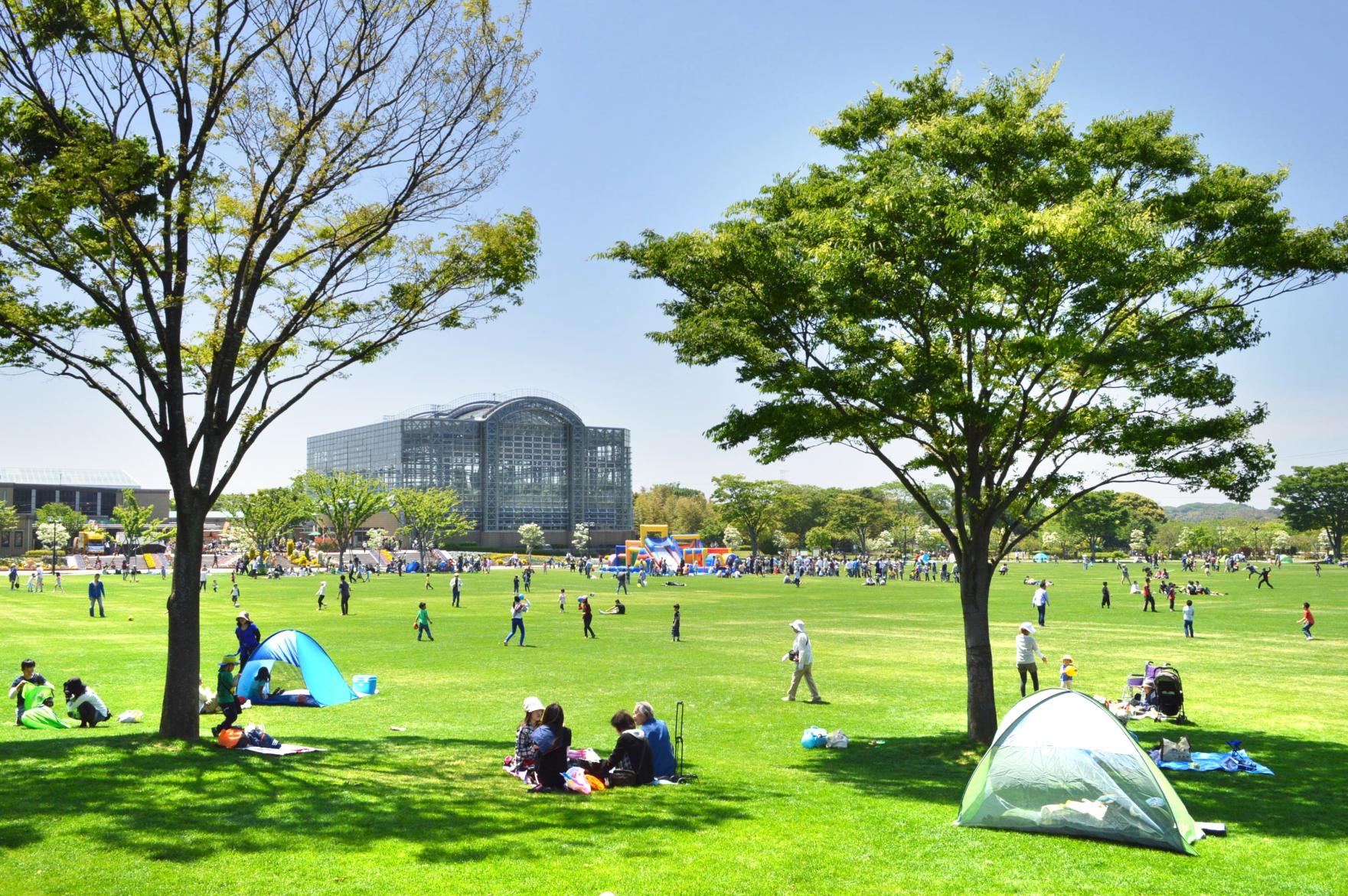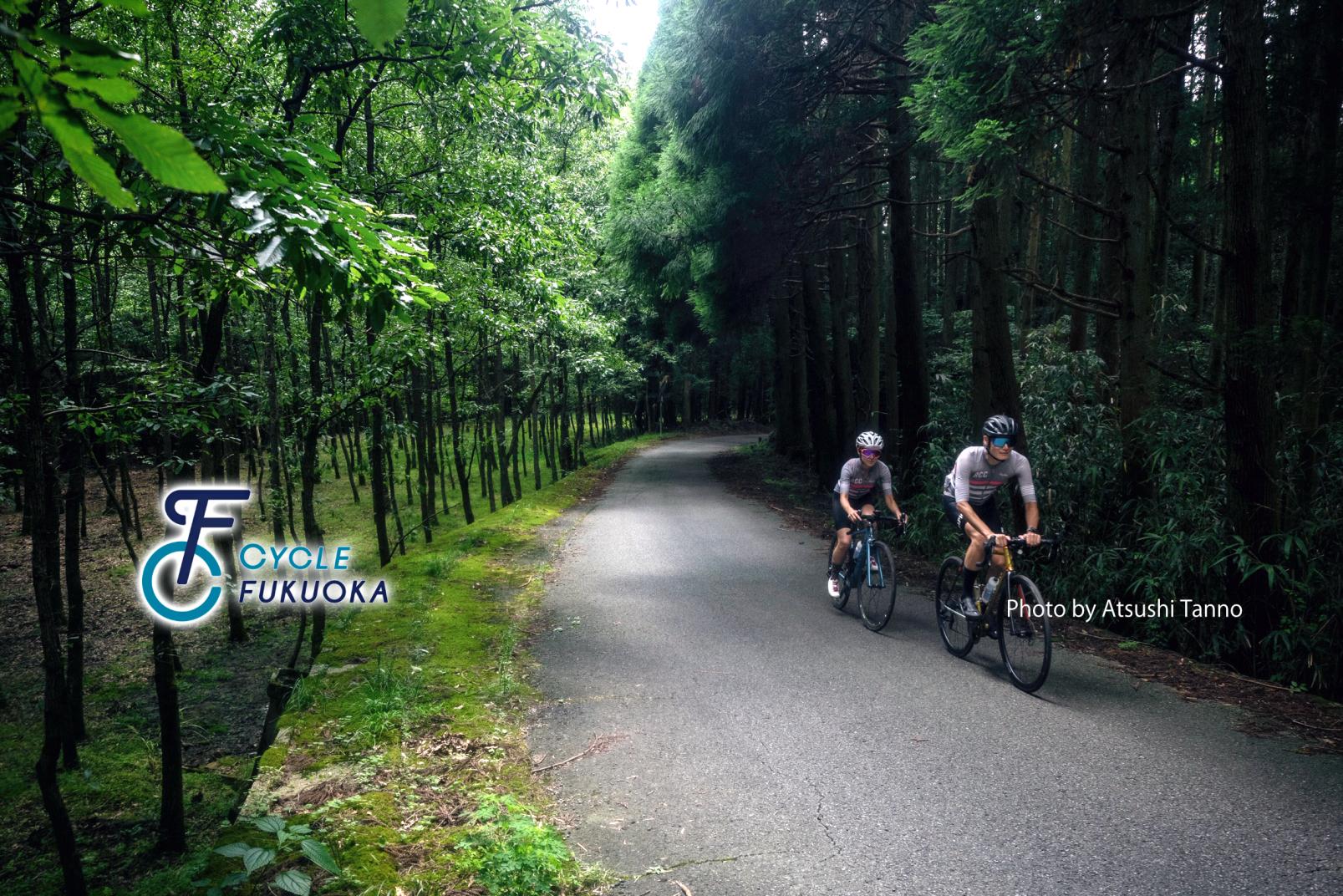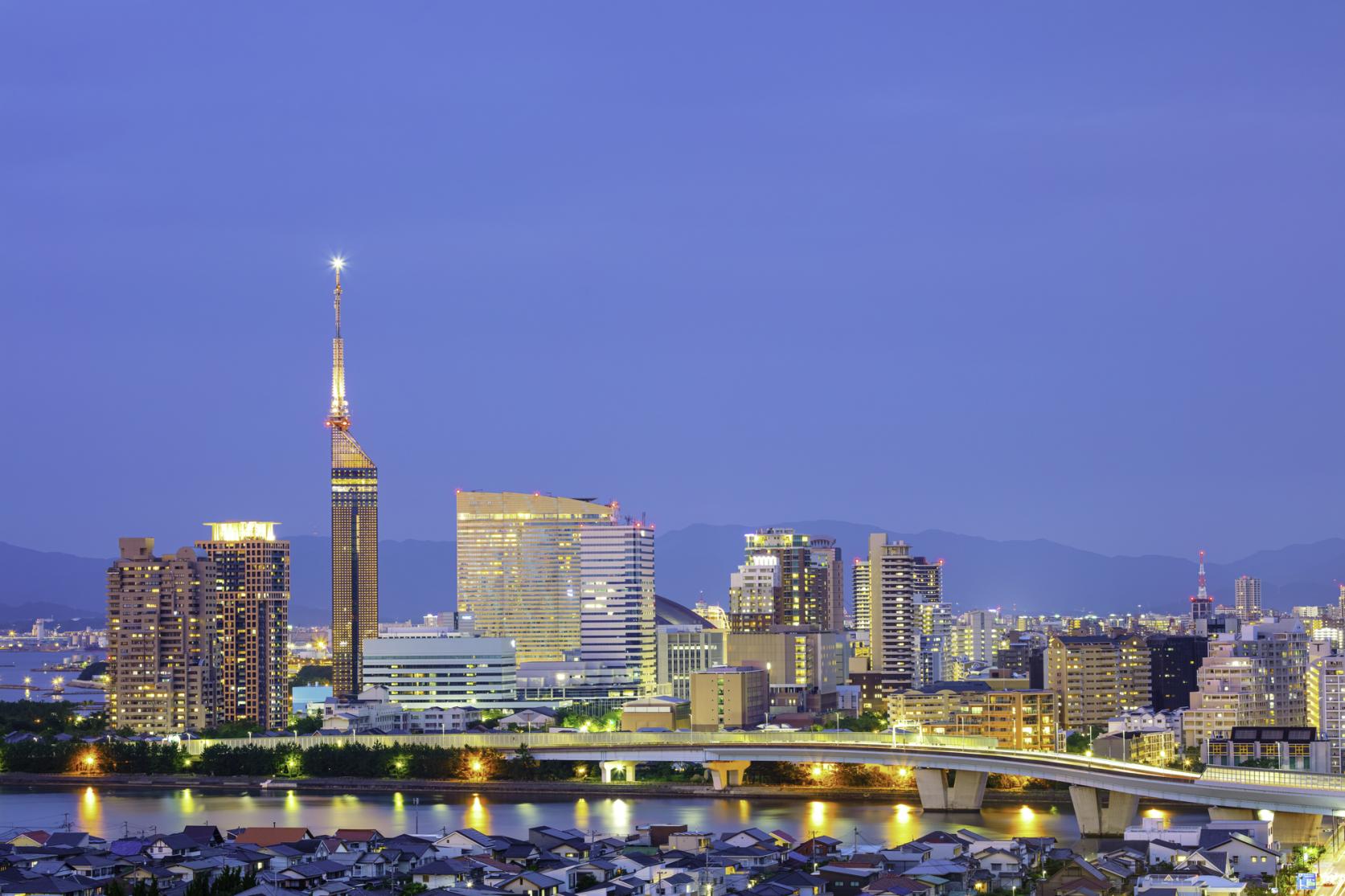
Here's our recommended popular destinations and can’t miss foods for your first time in Fukuoka!
Here we introduce not only can’t miss cuisine, popular tourist destinations, but souvenirs, the best scenery, historical sites, and hot springs that you need to know for your first trip to Fukuoka. Your trip to Fukuoka will be even more enjoyable if you just read this.
What kind of place is Fukuoka?
Fukuoka Prefecture has a long history of development as the industrial center of Kyushu. In addition to being home to important governmental institutions, it was also an active site for trade with China, and that exchange in particular gave rise to unique traditions and culture.
The area prospered primarily as the center of commerce during the Edo period, and the north Kyushu region contributed greatly to the modernization of Japan during the Meiji and early Showa period with its coal mining industry. Today, it continues to develop and evolve as an economic and cultural center.
Meanwhile, Fukuoka offers some of the best accessibility in the world, with Hakata Station at the Fukuoka Airport only 5 minutes away by subway, giving it the title of the Gateway to Asia attracting visitors from around the world.
Fukuoka is also known as a treasure-trove of foods with it’s warm climate and abundant nature which give rise to a wide variety of seafood from the Genkai Sea and agricultural products such as vegetables and fruits.
Recommended can’t-miss cuisine and souvenirs of Fukuoka
Here are some of the foods that you just can’t miss when visiting Fukuoka, and our recommended souvenirs to please your friends and family waiting at home.
-
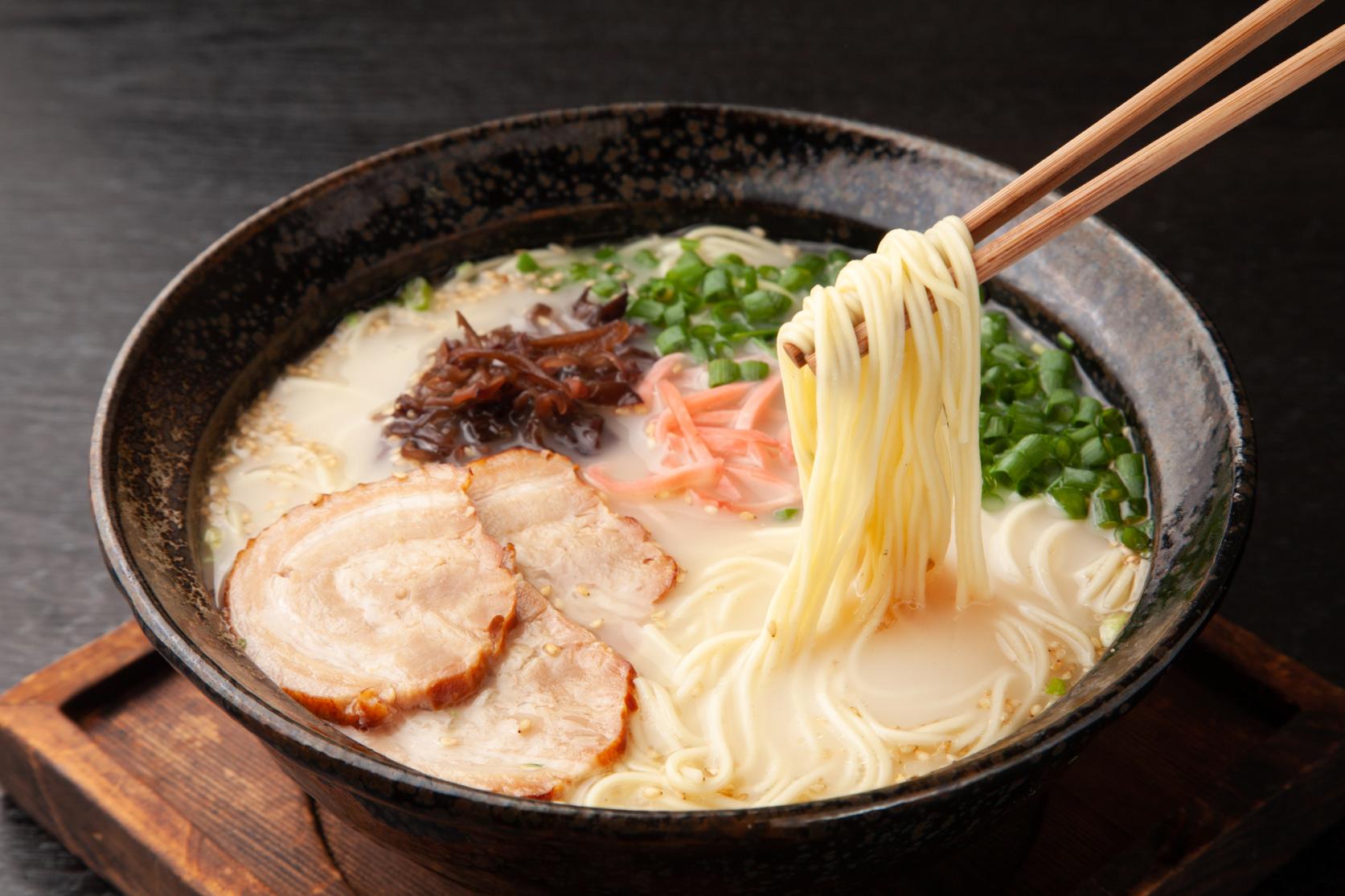
Tonkotsu ramen
Tonkotsu Ramen, or pig-bone ramen, one of the most famous Fukuoka dishes known throughout Japan, is notable for the use of thin, straight noodles and a collagen-rich soup that concentrates the flavor and Umami savoriness from pork bones. There are restaurants that serve the dish where diners can choose the hardness of their noodles from among Yawa (boiled until quite soft), Futsu (normal ramen noodle consistency), Kata (boiled a relatively short time), Harigane (boiled even shorter - Harigane means wire), and Kona-otoshi (boiled only long enough to remove the residual flour from the noodle surface).
-
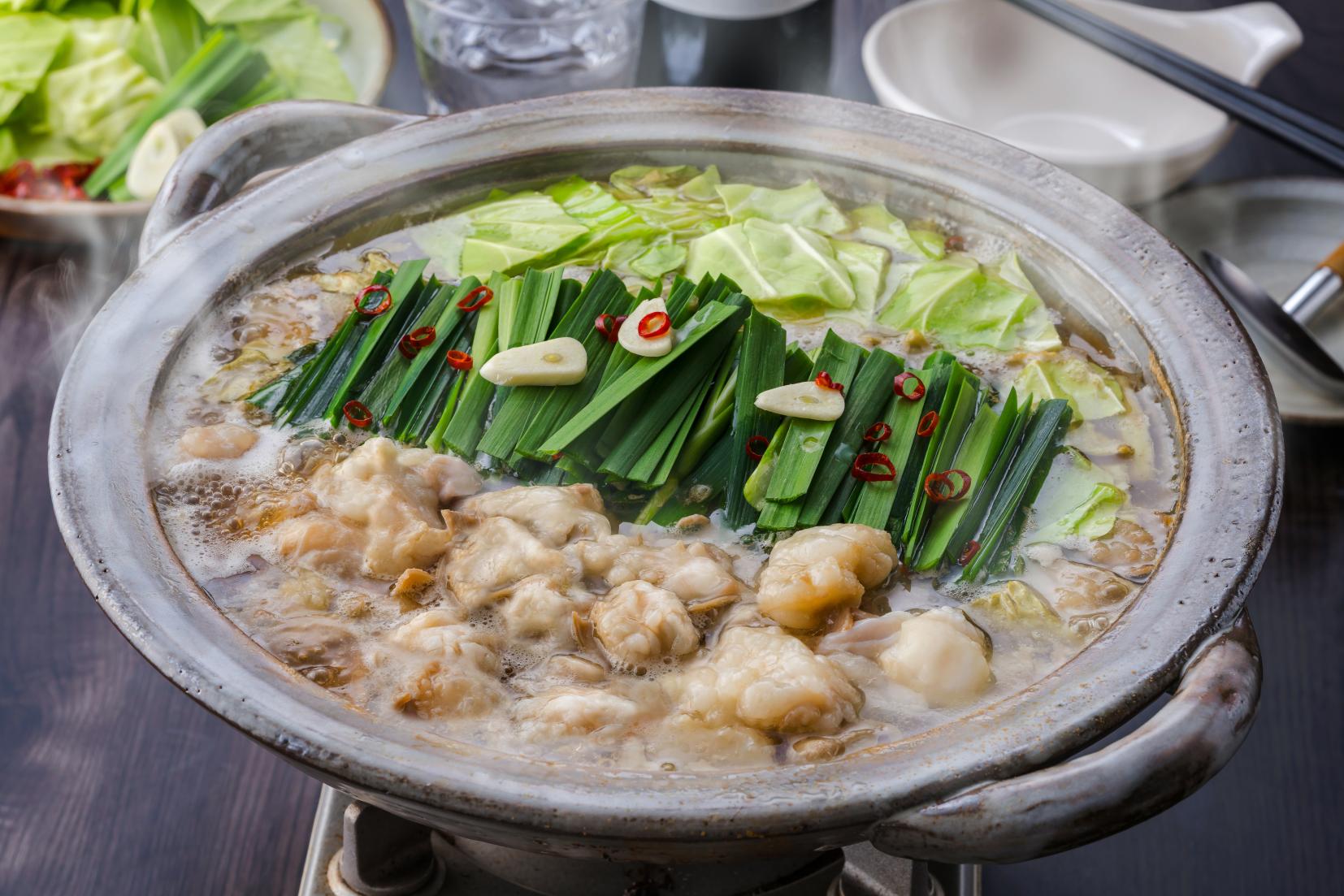
Motsu nabe
Motsu, also known as Hormone, refers to the internal organs of the animal, usually beef or pork, and Motsu Nabe hot pot is an energizing dish considered a popular among ladies. Different restaurants offer the dish with different soups, among which the most popular are soy sauce or miso flavored. Why not try motsu nabe yourself, accompanied with copious amounts of leek, cabbage, and garlic. Another unique aspect of the dish is that it is prepared using a shallow stainless steel pot, rather than the typical earthenware pot of other Japanese nabe hot-pot dishes.
-
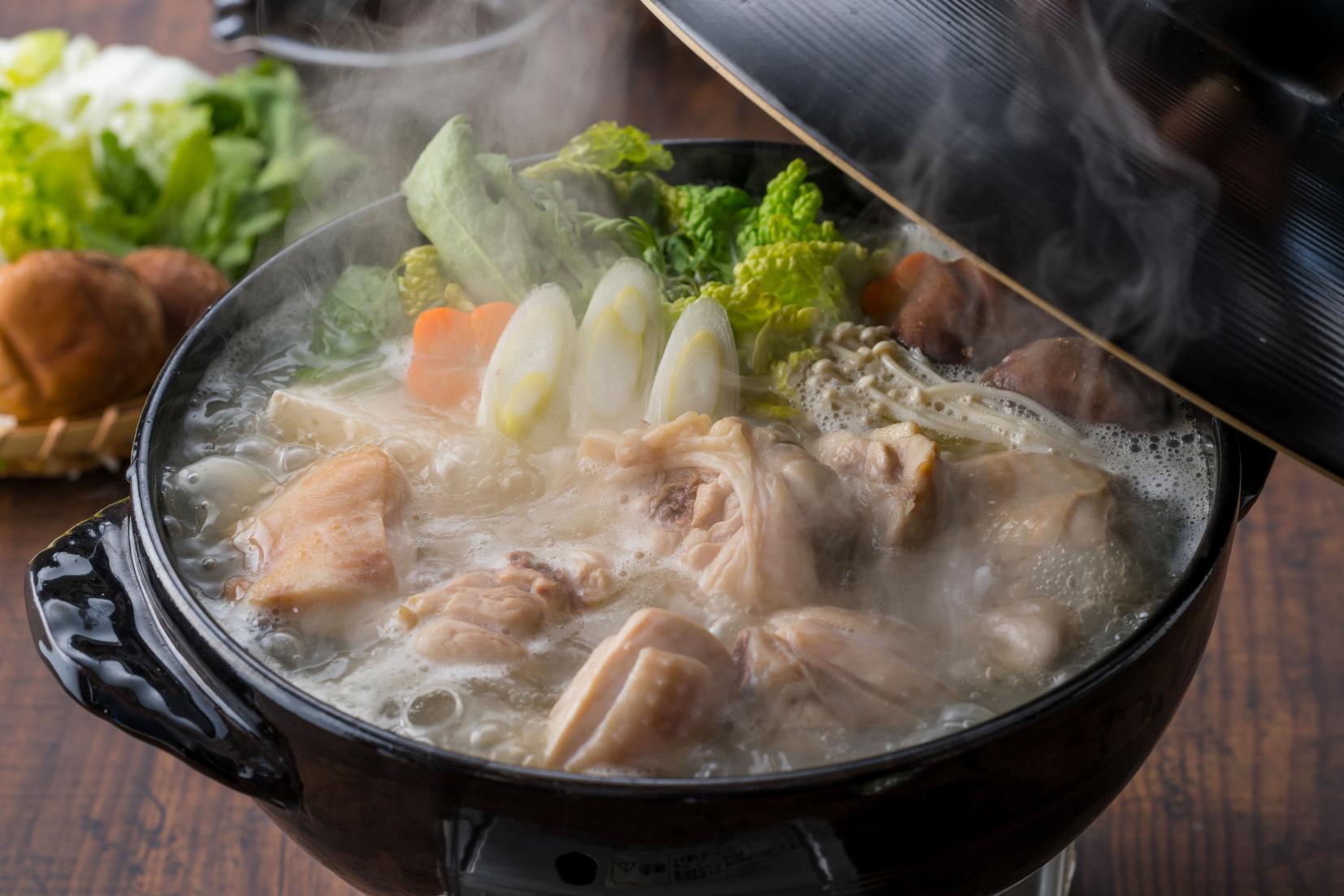
Mizutaki
Mizutaki is a local dish prepared by placing blocks of cut chicken, with skins and bones still attached, into water and boiling it for an extended period of time. You first try the soup with it’s rich savory flavoring from the chicken, then dine on the chicken and vegetables flavored to taste with Ponzu sauce or Yuzu citrus pepper, a seasoning originating in Kyushu. Finally, you add rice to the remaining soup to create Zosui.
-
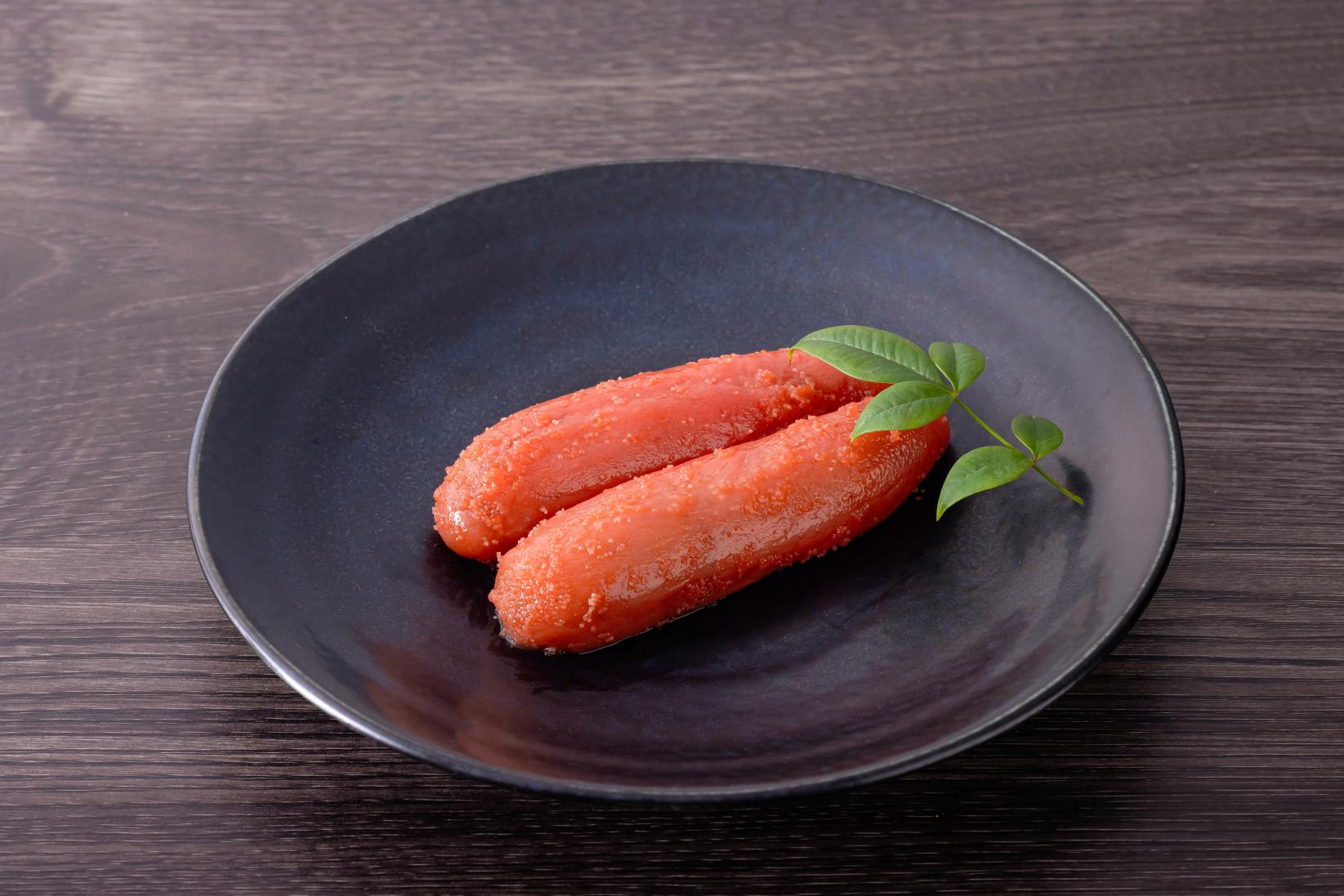
Mentaiko
Fukuoka overwhelmingly boasts the largest production and consumption of Mentaiko, or pollock roe, a type of fish eggs, in Japan, so you could easily call Fukuoka the Land of Mentaiko and not be mistaken. While Mentaiko is always prepared in the same manner, the flavor varies from maker to maker, so we recommend trying different varieties to find your favorite.
-
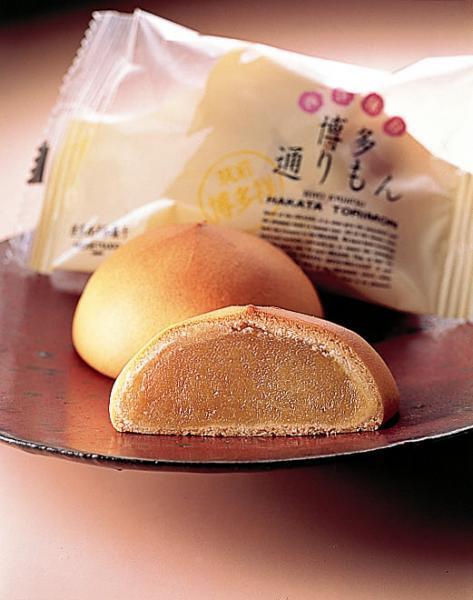
Famous confections
There are several well known confections that have long been loved in Fukuoka, such as Hakata Torimon, Tsuru-no-Ko, Meika Hiyoko, Chikushi Mochi, Hakata-no-Hito, and Tirolian, each of which also make a great souvenir. Confections made with the Amaou strawberries and Yamecha tea, for which Fukuoka is famous, are also quite popular. Each confection is individually wrapped for a long shelf life, so they’re the perfect give to hand out at the office when you get back home.
-
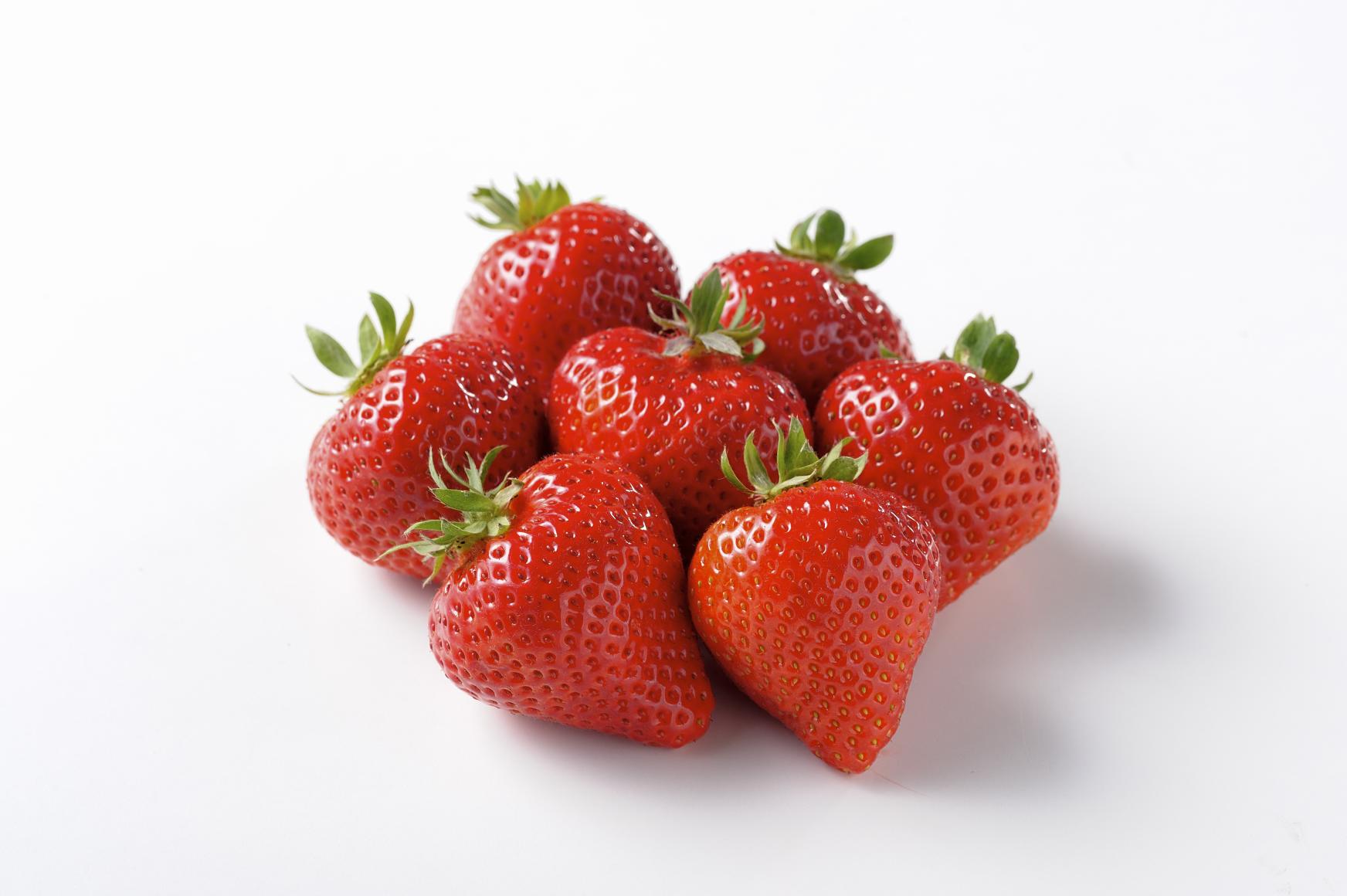
Amaou strawberries
Amaou strawberries, one of Japan’s leading two branded strawberries alongside Tochiotome, gets its name from the first syllables of the Japanese words Akai, or red, Marui, or round, Ookii, or large, and Umai, or delicious. The sweet, rich flavor and large fruit offer an extremely satisfying experience, and the strawberries have even been recognized by Guinness World Records. We recommend the many confections made using Amaou strawberries, but you should also try your hand at strawberry picking as well.
- See here for a special feature on Fukuoka cuisine
- Click here for a special feature on Fukuoka souvenirs
Column
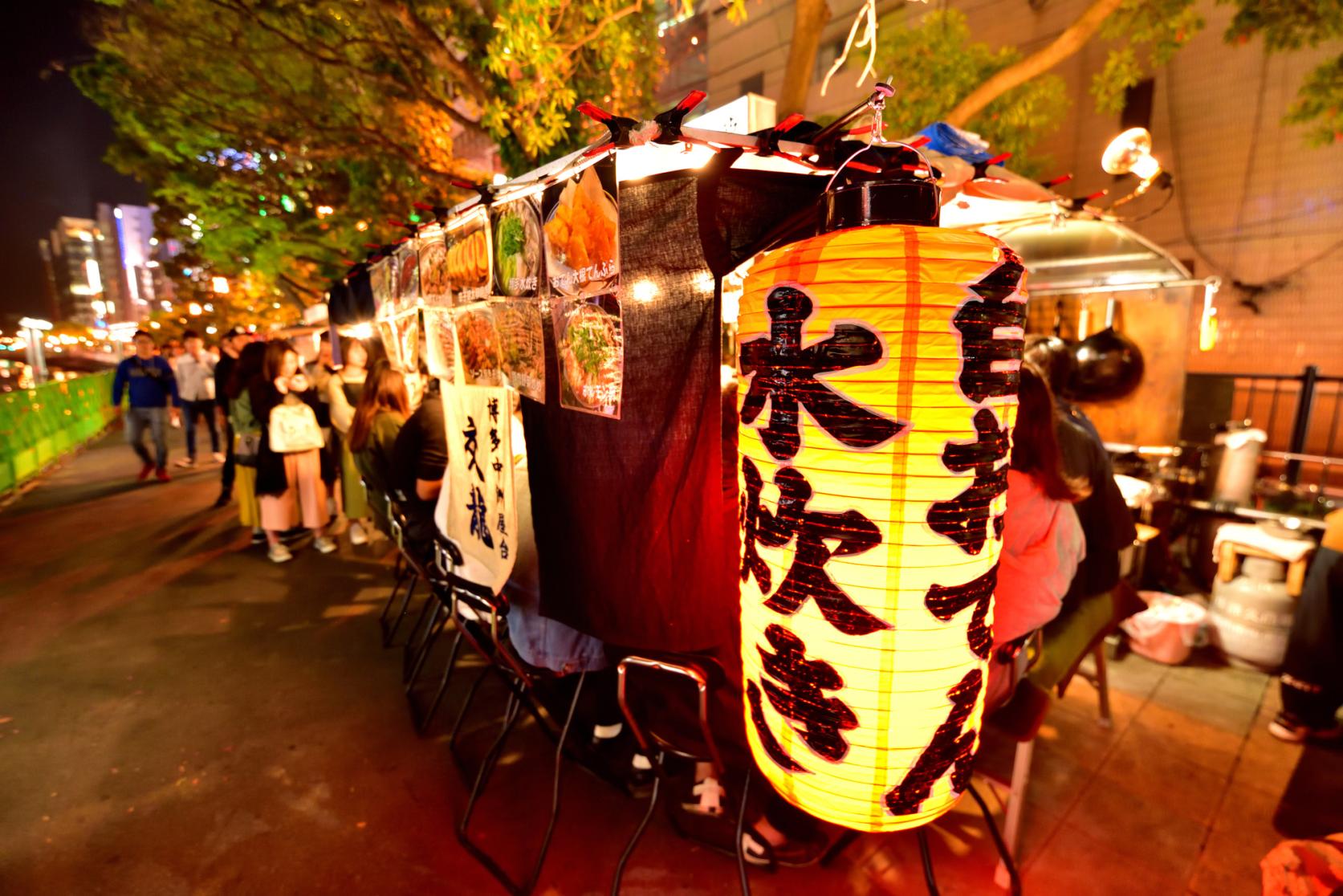
If you really want to experience the best of Fukuoka eats, then you must try the atmospheric Yatai food stands!
Fukuoka boasts the greatest number of Yatai food stands in Japan, placing it within the top ten cities in Asia for food stands, the only such city from Japan.
The Yatai offer a wide range of Fukuoka cuisine, such as Tonkotsu ramen, Motsu Nabe, and bite-size Gyoza dumplings at a reasonable price, making them a great option when bar hopping. Experience the bustle of Yatai food stands to get the most out of your evening in Fukuoka!
Must-see sightseeing spots in Fukuoka
Here are some of the leading tourist destinations in Fukuoka that you have to see when you visit.
-
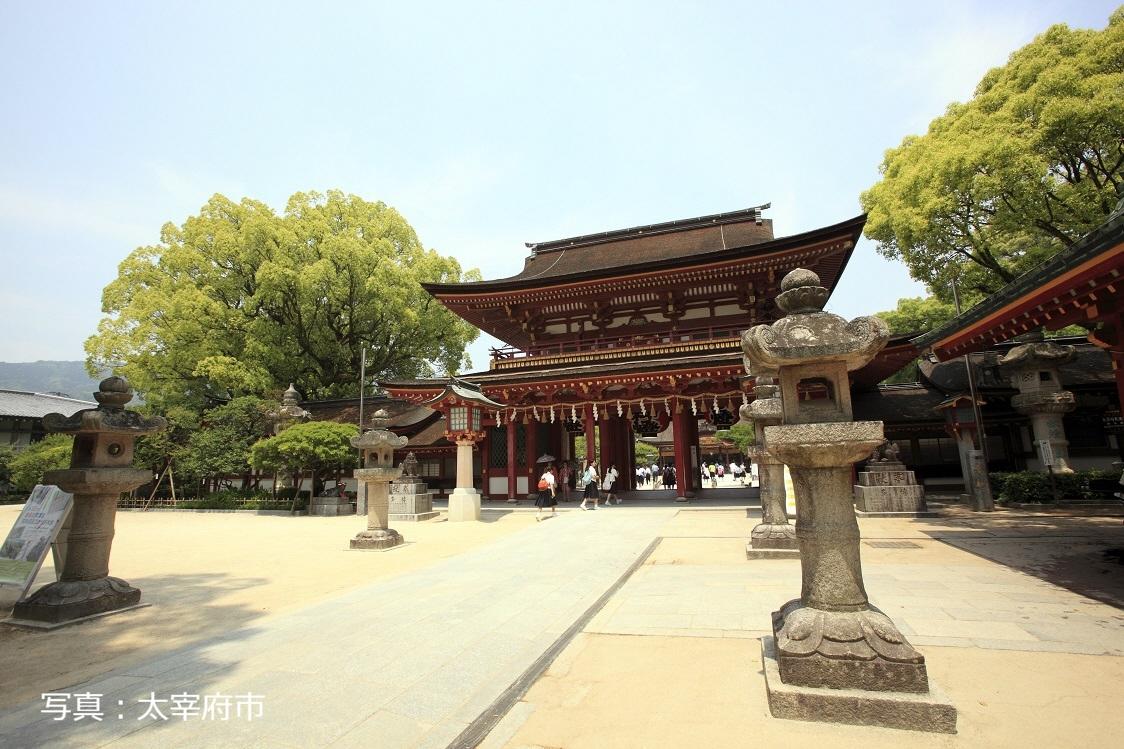
Dazaifu Tenmangu Shrine
View moreThis is the lead shrine in Japan for the more than 12,000 shrines dedicated to the god Sugawara-no-Michizane, also known as Tenjin-sama, who is the god of scholarship, culture, and the arts. It is one of the major tourist destinations in Kyushu, with over 10 million worshippers per year. It is also famous throughout Japan as a great place to see plum blossoms, with many people visiting each year in February to early March when the plum trees are in full bloom.
-
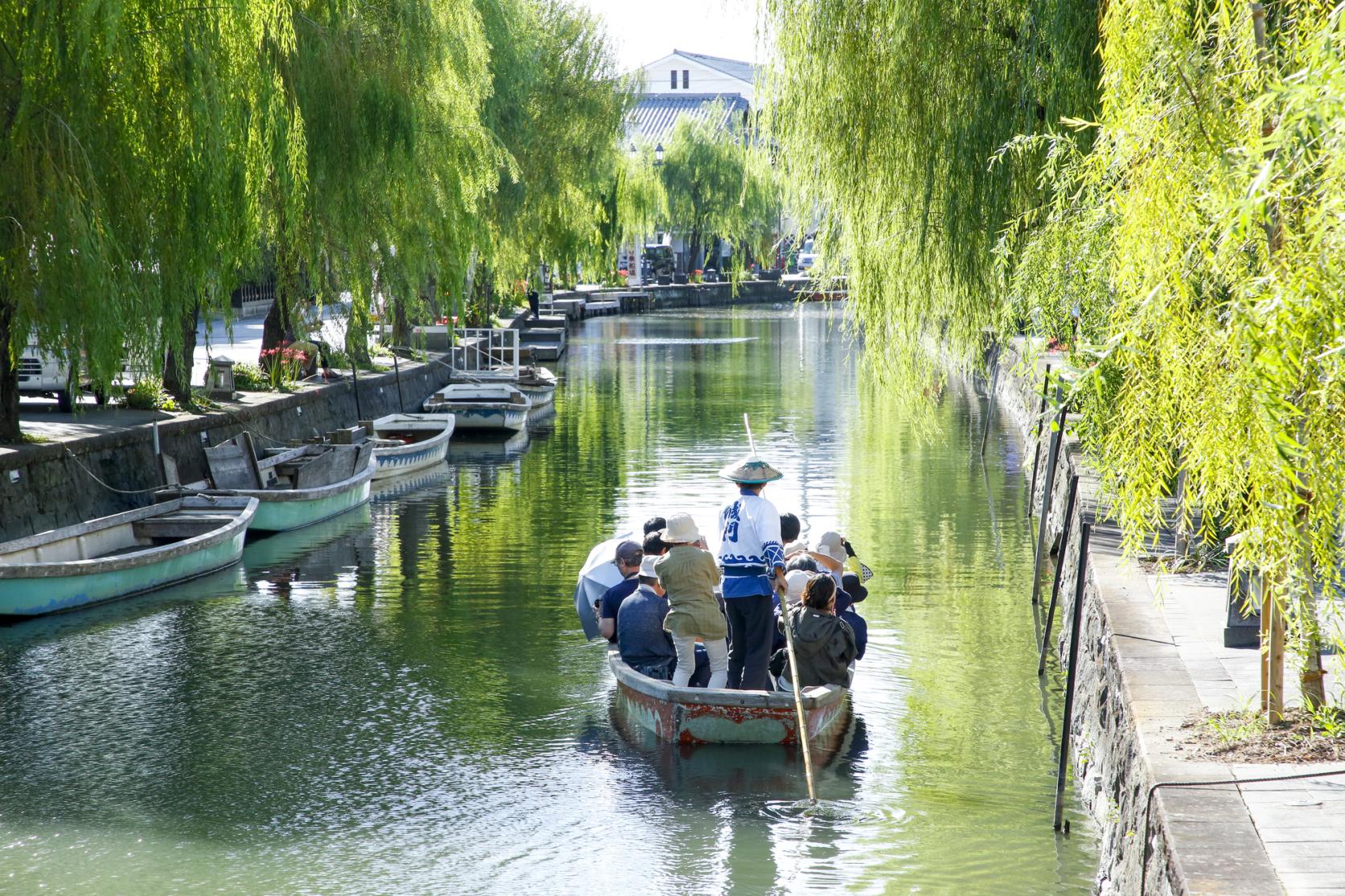
Yanagawa river cruising
View moreYanagawa is a famous tourist destination known as the Mizu-no-machi, or city of water, and once prospered as a castle town during the Edo period. One popular activity here is a boat cruise on the quaint, charming canals accompanied by the witty guidance of the boatmen. There are also seasonal attractions, such as the summertime Akari-bune cruises and the wintertime Kotatsu-bune cruises. We also recommend enjoying the famous local steamed Unagi eel at a restaurant nearby where you disembark.
-
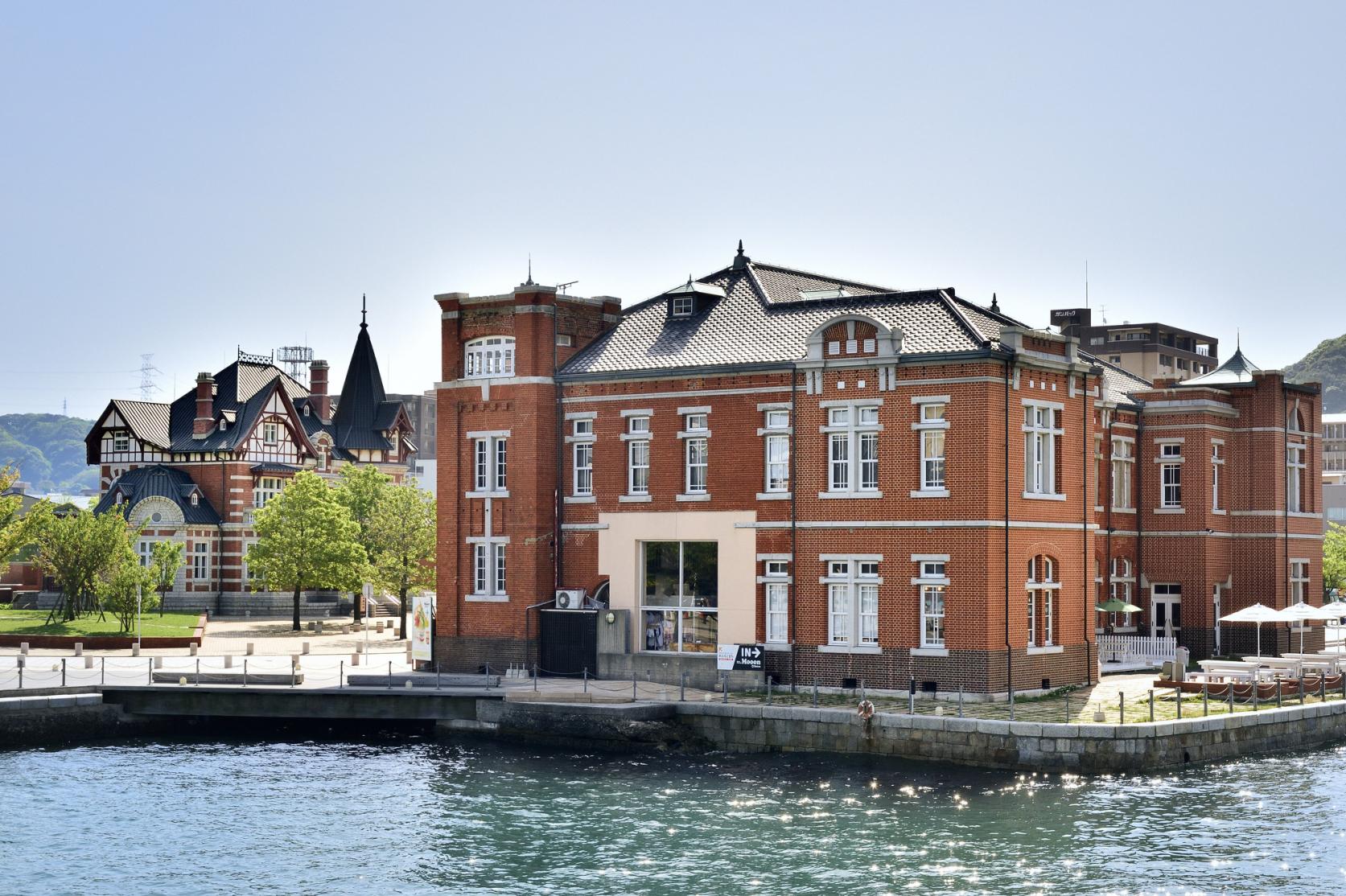
Mojiko Retro Area
View moreThe port of Moji in Kitakyushu City, or Mojiko in Japanese, developed as a hub of international trade from the Meiji to early Showa periods, and was one of the three major ports of Japan at the time. Numerous historic buildings that date from the period remain throughout the area, providing it an appealing nostalgic atmosphere. Today, the area, now known as Mojiko Retro, has become a popular tourist attraction.
-
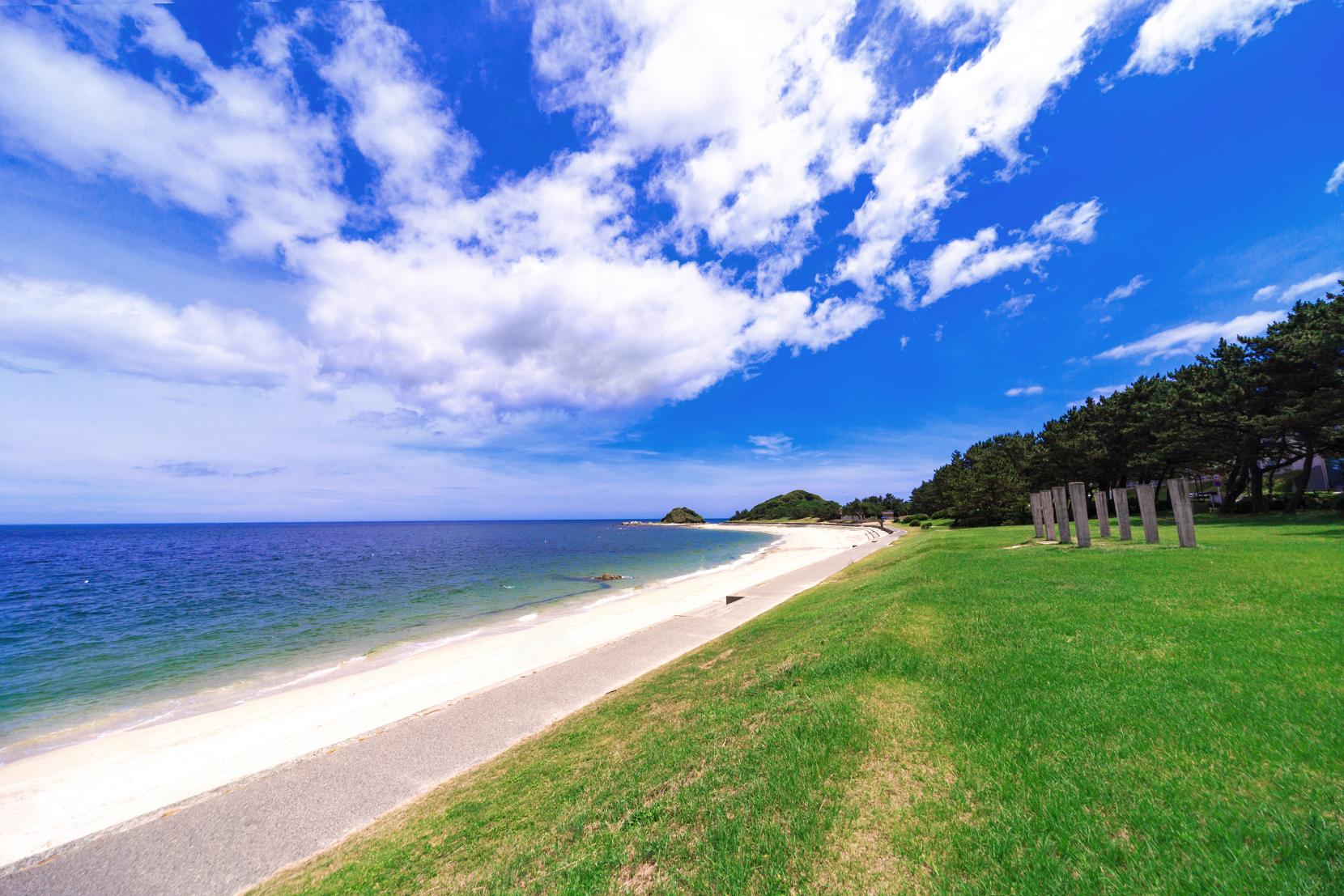
Shikanoshima Island
View moreShikanoshima Island is famous as being the location where the King of Na gold seal was discovered, now considered a national treasure. A connection between the island and the mainland allows travel by car and bus as well as boat, and the island features numerous cafes and hot springs. We also recommend stopping by at the Marine World Uminonakamichi aquarium and Uminonakamichi Seaside Park, featuring beautiful seasonal flowers, that are both located just before you cross to the island.
Historical spots in Fukuoka and Kyushu for a deep understanding of the past
Here are some destinations where you can learn deeply about the long history and diverse culture of Fukuoka.
-
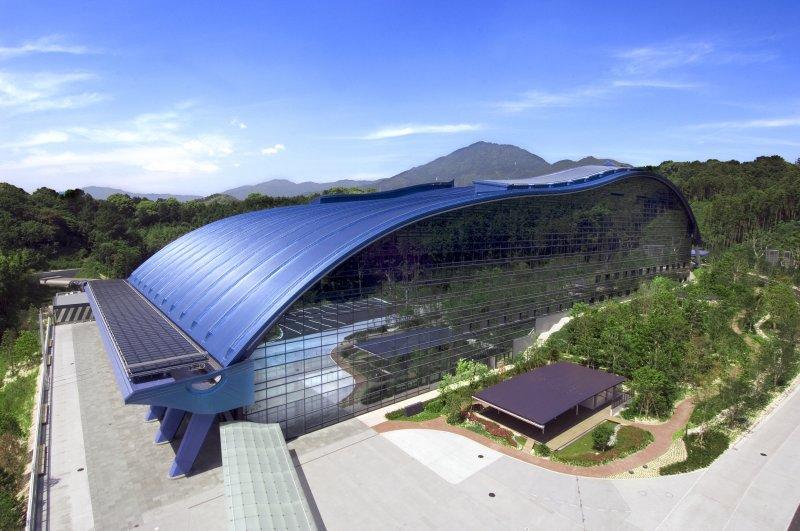
Kyushu National Museum
View moreThe Kyushu National Museum is located nearby the Dazaifu Tenmangu Shrine. This museum offers a view of the history of the region, from the Paleolithic Age to the late modern period (and the opening of Japan), and its exchange with the Asian region, through the lens of exhibits and descriptions from the point of view of its exchange with the Asian region. The museum is also worth visiting to see it’s exterior made with beautiful curved glass lines.
-
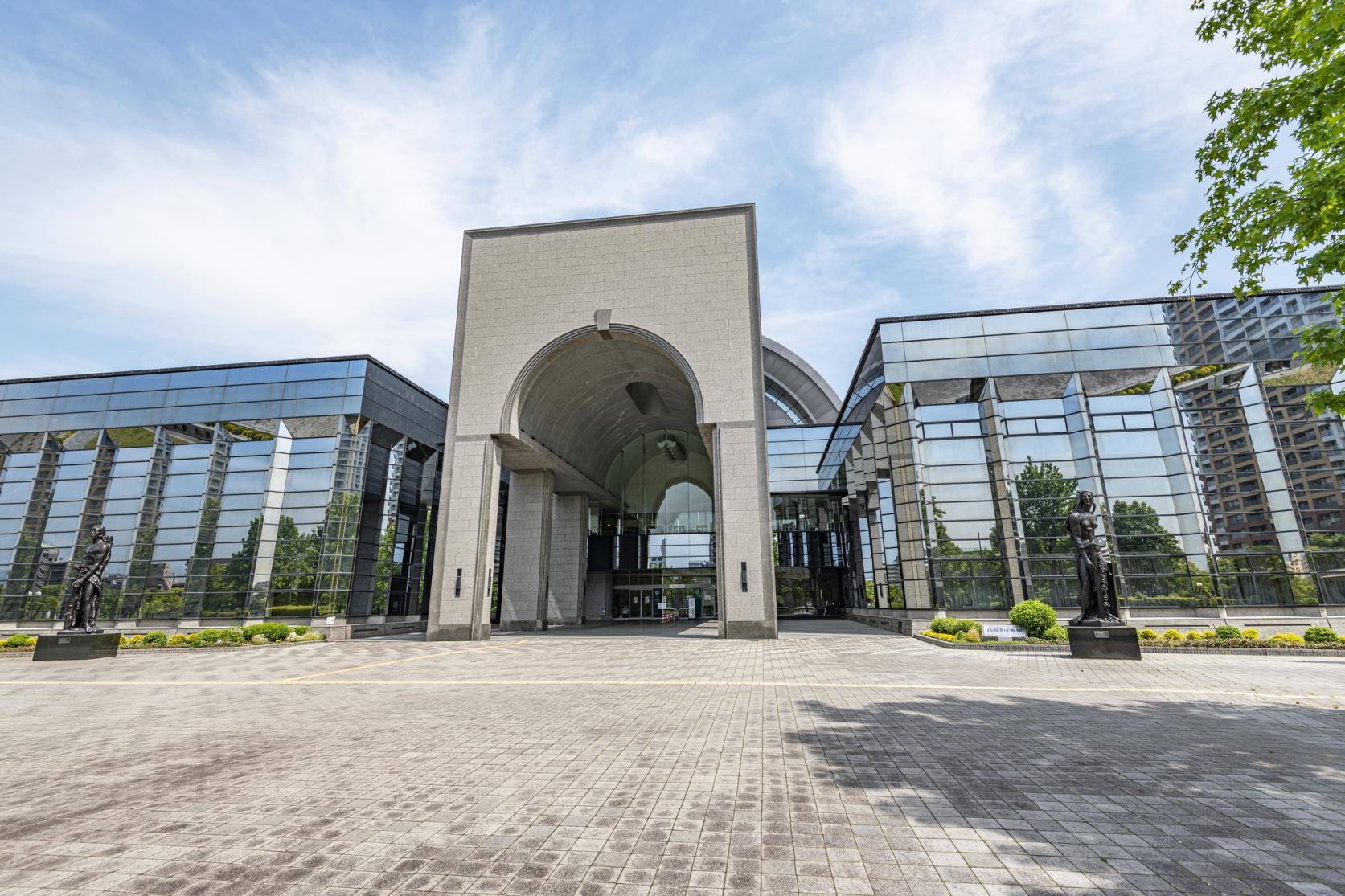
Fukuoka City Museum
View moreThis museum offers a variety of exhibits that tell of the history of Fukuoka that prospered through trade with China since ancient times. There is also an exhibit of the King of Na gold seal, a national treasure. A replica of the seal can also be found at the museum gift shop, along with a wide variety of other unique items. Located nearby the Fukuoka Tower, we recommend visiting both.
-
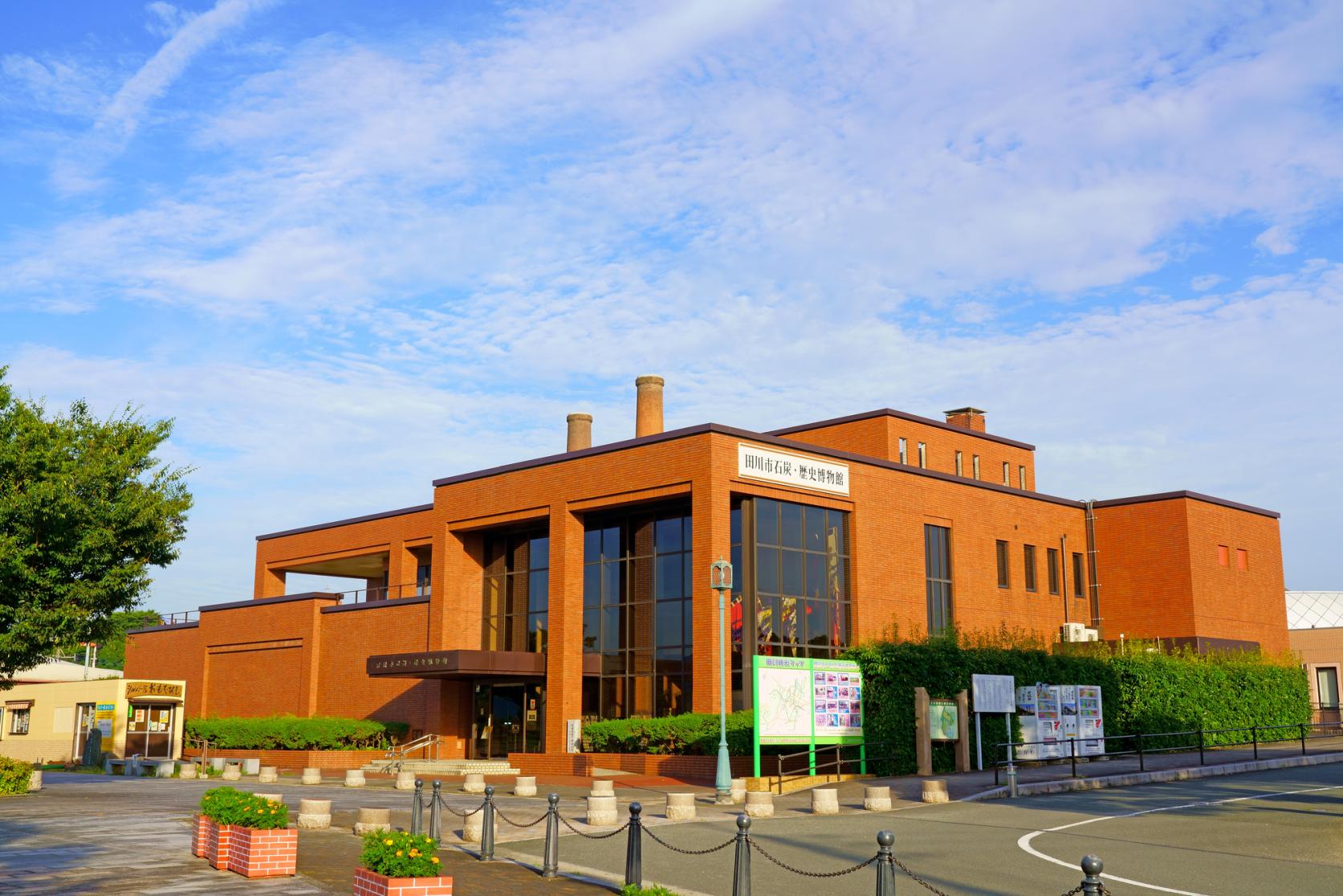
Tagawa City Coal and History Museum
View moreThis museum offers exhibits covering the coal industry which supported the modernization of Japan. The Sakubei Yamamoto Collection, the first such collection to be included in UNESCO's Memory of the World Register, is a series of paintings that communicate the atmosphere of the times by depicting the daily lives of the coal miners. The Coal Memorial Park in which the museum is located also features a mining shaft scaffold (tunneling facility) and two smokestacks, which are illuminated at night.
-
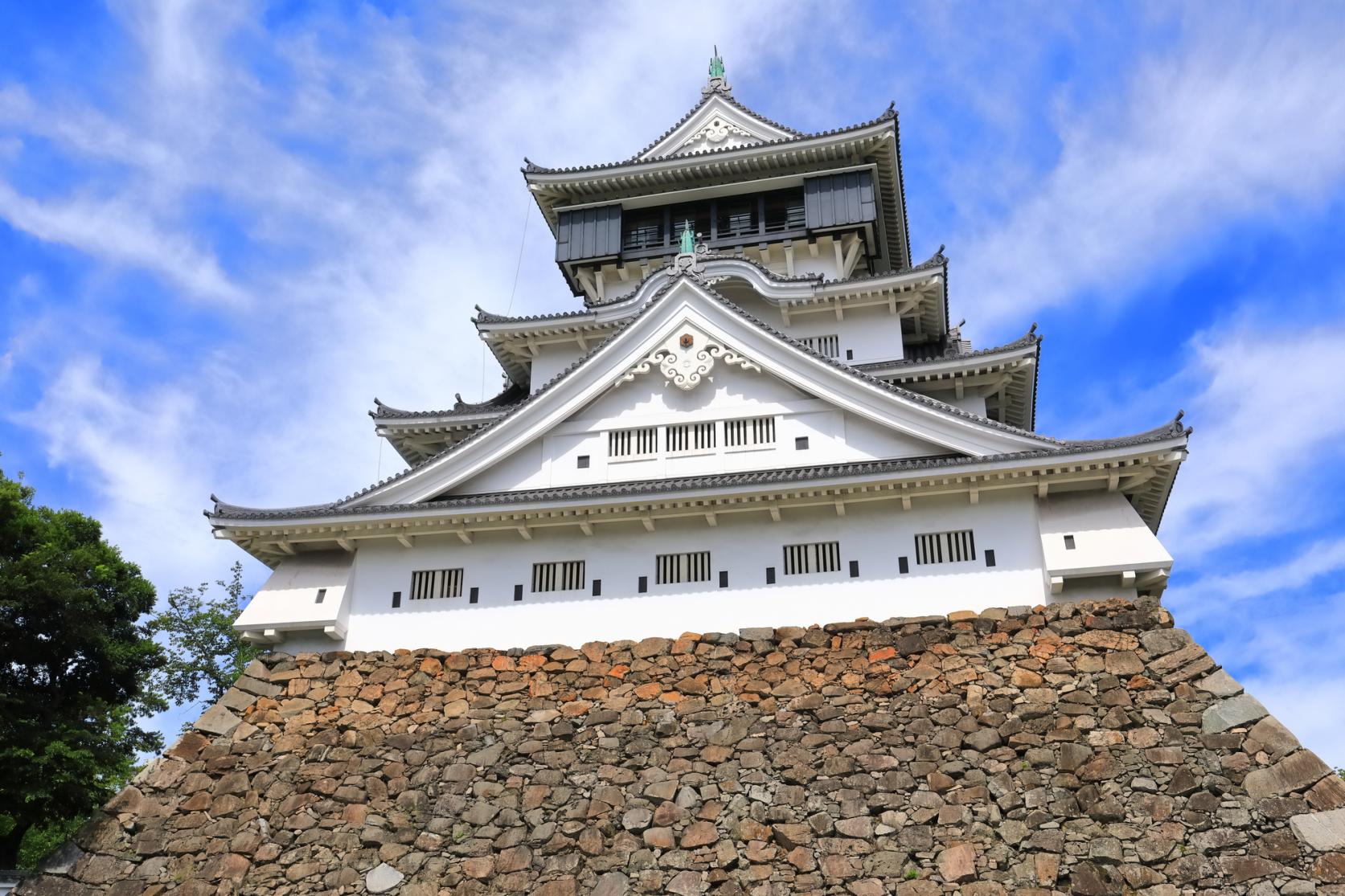
Kokura Castle
View moreThe castle was built in 1602 by warlord Hosokawa Tadaoki, but was later destroyed by fire and rebuilt in 1959. The exterior of the Tenshu, or main castle tower, was built in the Karazukuri architectural style that is both simple while offering a splendorous beauty. The first floor features a high definition theater, while the second and third floors feature exhibits on the history of Kokura. Visitors can also obtain numerous souvenirs only available in Kokura at the Shiro Terrace shop.
-
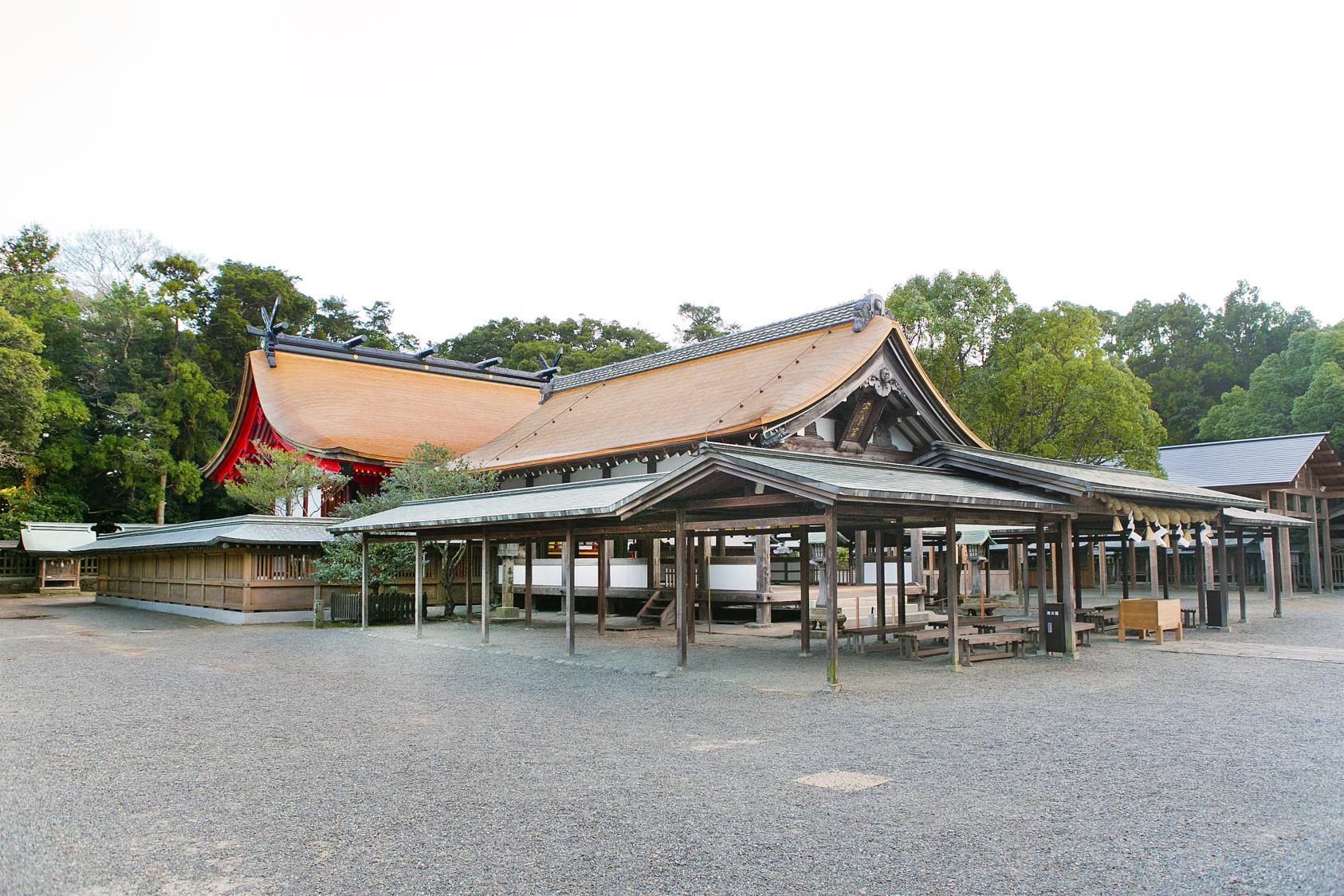
Munakata Taisha Shrine: Hetsumiya
View moreIncluded in the Sacred Island of Okinoshima and Associated Sites in the Munakata Region World Heritage Site, the shrines Munakata Taisha: Okitsu-miya Yohaisho and Munakata Taisha: Nakatsumiya are located on Oshima, while Munakata Taisha: Hetsumiya is located on the Kyushu mainland. The Hetsumiya Shrine features Shinpokan that boasts exhibits from a massive collection of over 80,000 national treasures found on Okinoshima Island, so you can’t miss it!
Spectacular scenic views of nature
While Fukuoka is known for its urban image, it is actually also rich in natural resources. Here are just a few recommended scenic spots to visit.
-
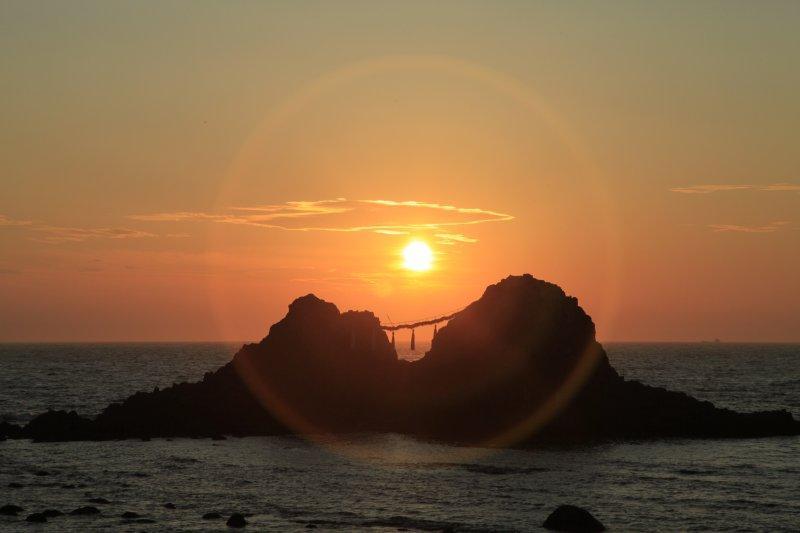
Sakurai Futamigaura
View moreSakurai Futamigaura is a must see destination to view sunsets on Itoshima, where the beautiful view of the sun setting over the Genkai Sea has been listed as one of Japan’s 100 top beaches and 100 top sunsets. The beautiful white torii gate contrasted against the blue of the ocean offers a beautiful sight to see in the daytime as well.
-
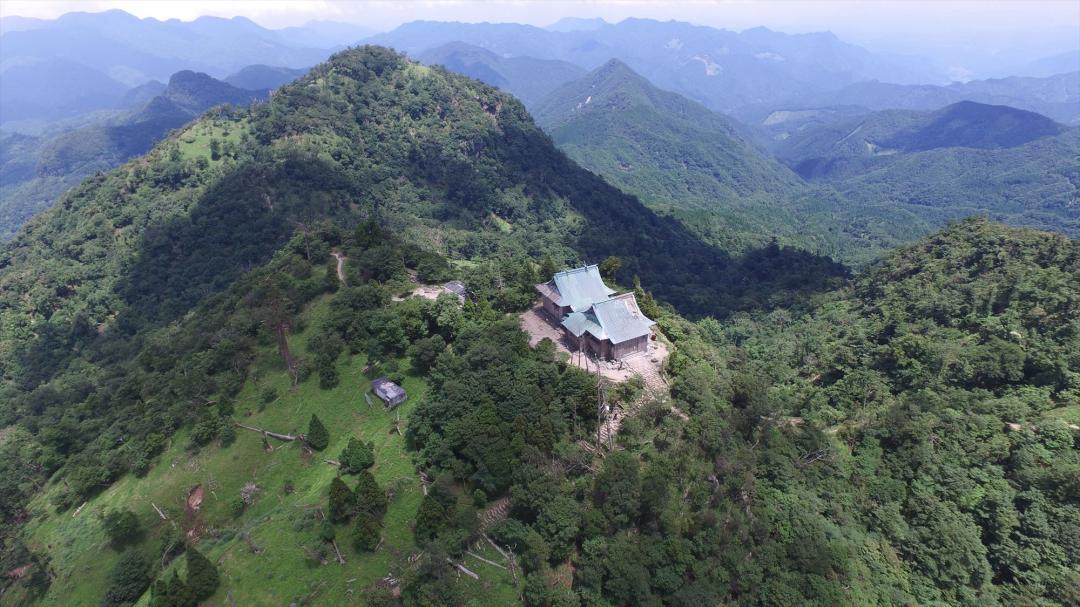
Mt. Hiko
View moreThis mountain and its abundant nature are known as one of the three major mountains in Japan for pilgrimages of the Shugendo religious sect, and offers numerous beautiful views including massive Japanese ceder trees of over 1,000 years old and rocks of unusual shape. Visitors can also climb up to the Hikosan Shrine Hoheiden via the Mt. Hiko Slope Car.
-
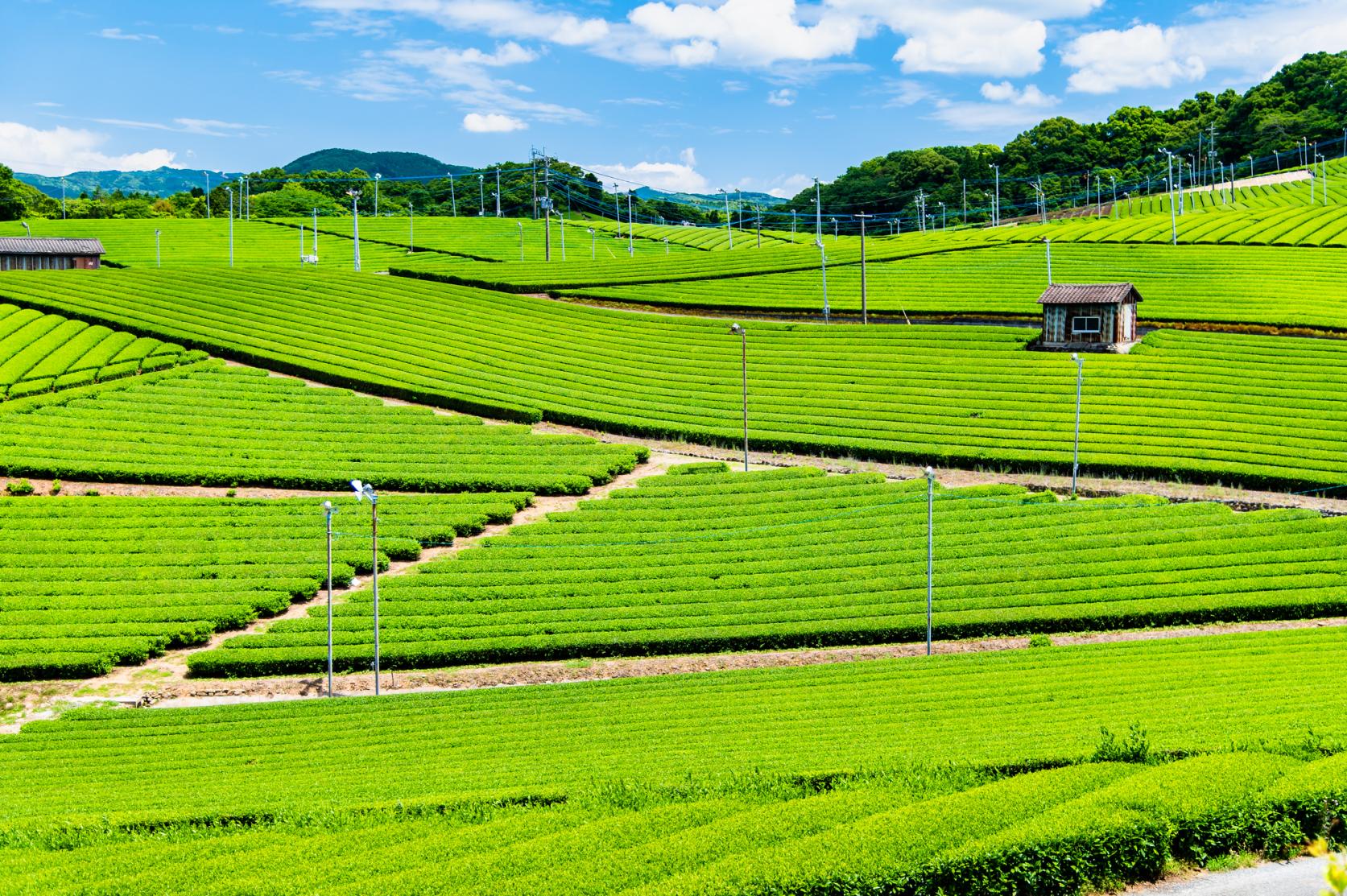
Yame Central Grand Tea Garden
View moreYame City is a major production area of Yame Tea, one of the leading green tea varieties in Fukuoka. The view from atop the observation deck high up at the Yame Central Grand Tea Garden is like a scene of a beautiful, lush green carpet of tea surrounding you 360 degrees wherever you look. From here, you can even see the Ariake Sea and Shimabara Peninsula on a clear day.
Column
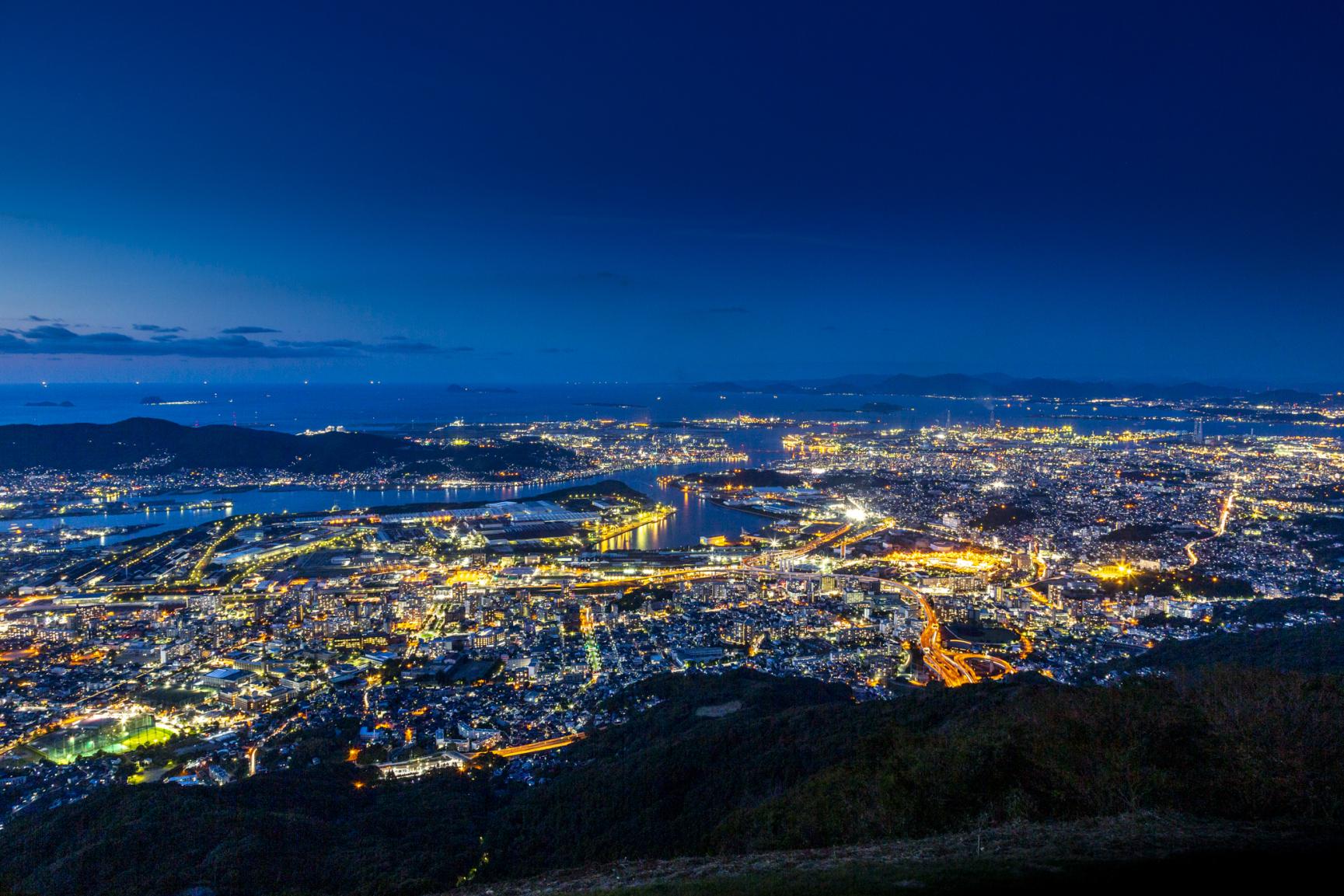
See the city lights of Kitakyushu at night from the Mt. Sarakura Observation Deck
Mt. Sarakura offers one of the new best three night views in Japan, often called the 10 Billion Dollar Night View.
Take the cable car and slope car to the top of the mountain to enjoy a view of the night lights of Kitakyushu and the Wakato Ohashi bridge from the observation deck at 622 meters elevation. Known as the Lover’s Holy Place, it is also an ideal spot to go on a date.
Don’t miss the hot springs of Fukuoka!
Wouldn’t you like to relax in a warm hot spring bath? Here are some of the best hot spring spots in Fukuoka, including those with baths that are great for beautiful skin.
-
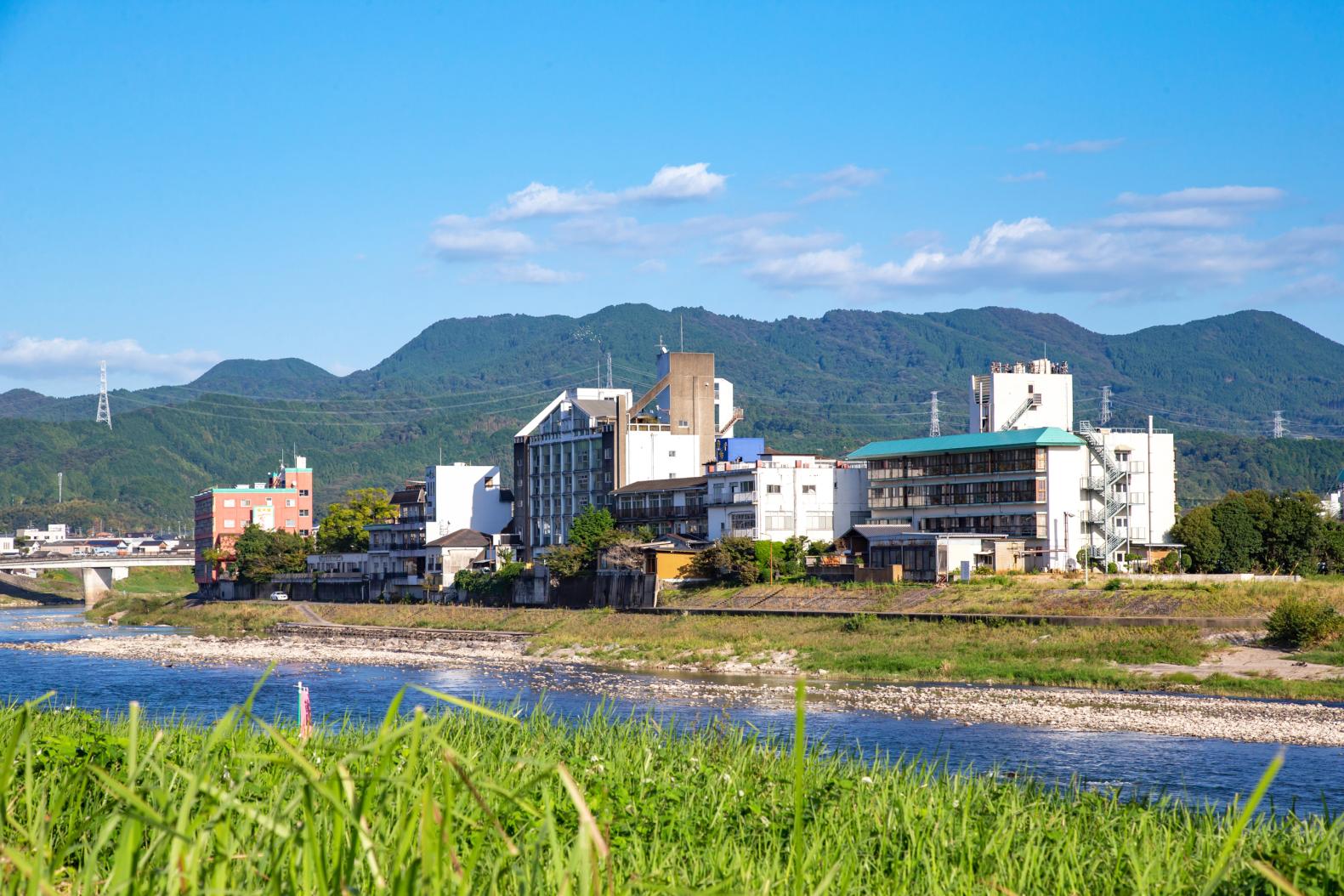
Chikugogawa Onsen
The hot spring water here feels smooth on your skin. Known popularly as the “water of the soft beauty,” your skin becomes soft and moist when you get in. The location of the hot spring in Ukiha City, or the Fruit Kingdom, means you can enjoy a bath after picking fruit at one of the many farms.
-
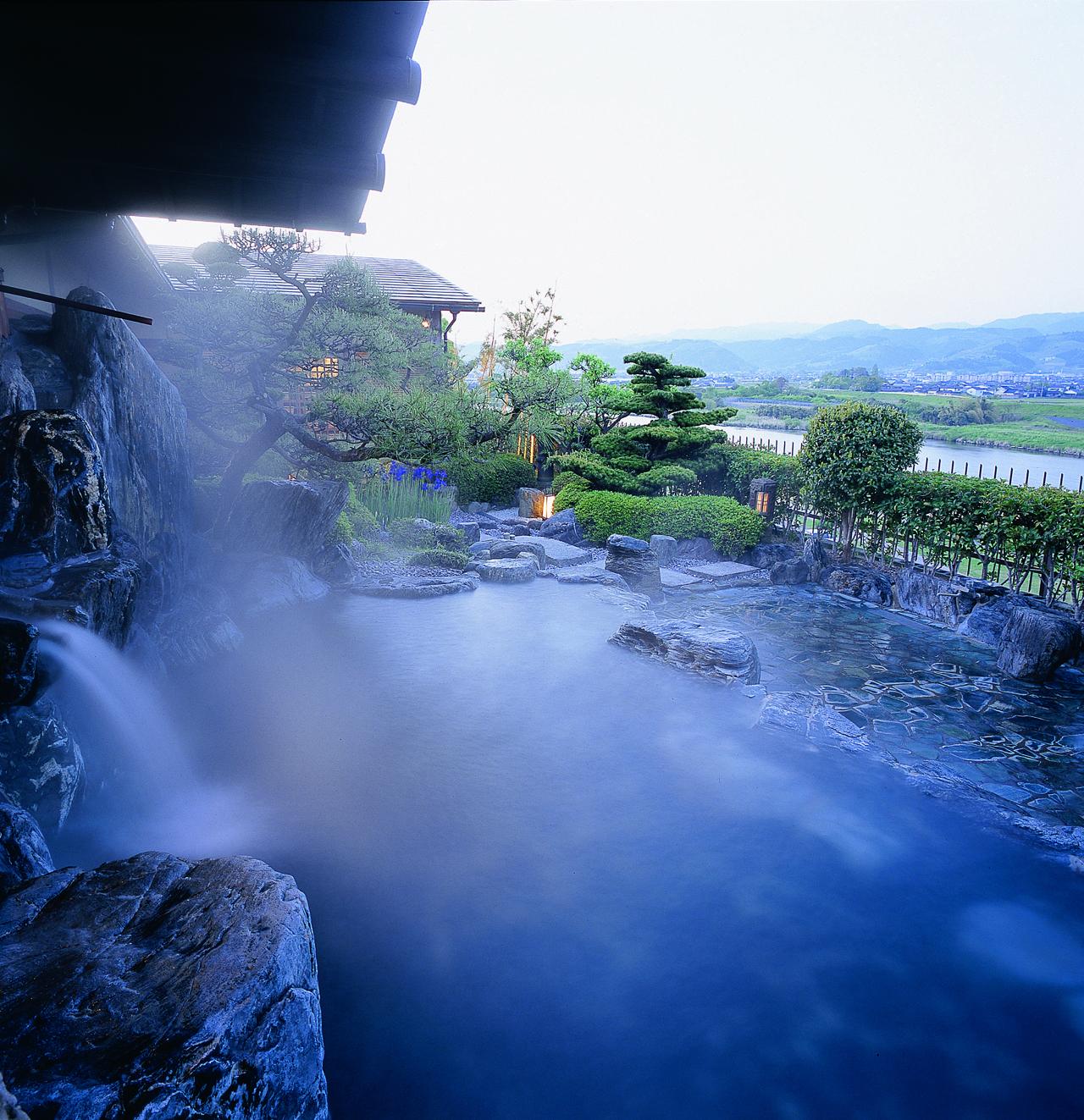
Harazuru Onsen
This hot spring is known as the “water of doubly beautiful skin” because of the two features of the water: it is a weakly alkaline pure spring water that helps remove dead skin, while the sulfur content also helps whiten the skin. It boasts the highest flow volume and number of sources in the prefecture, and the constantly flowing bath (flowing naturally from the source) is known for its smooth viscosity on your skin.
-
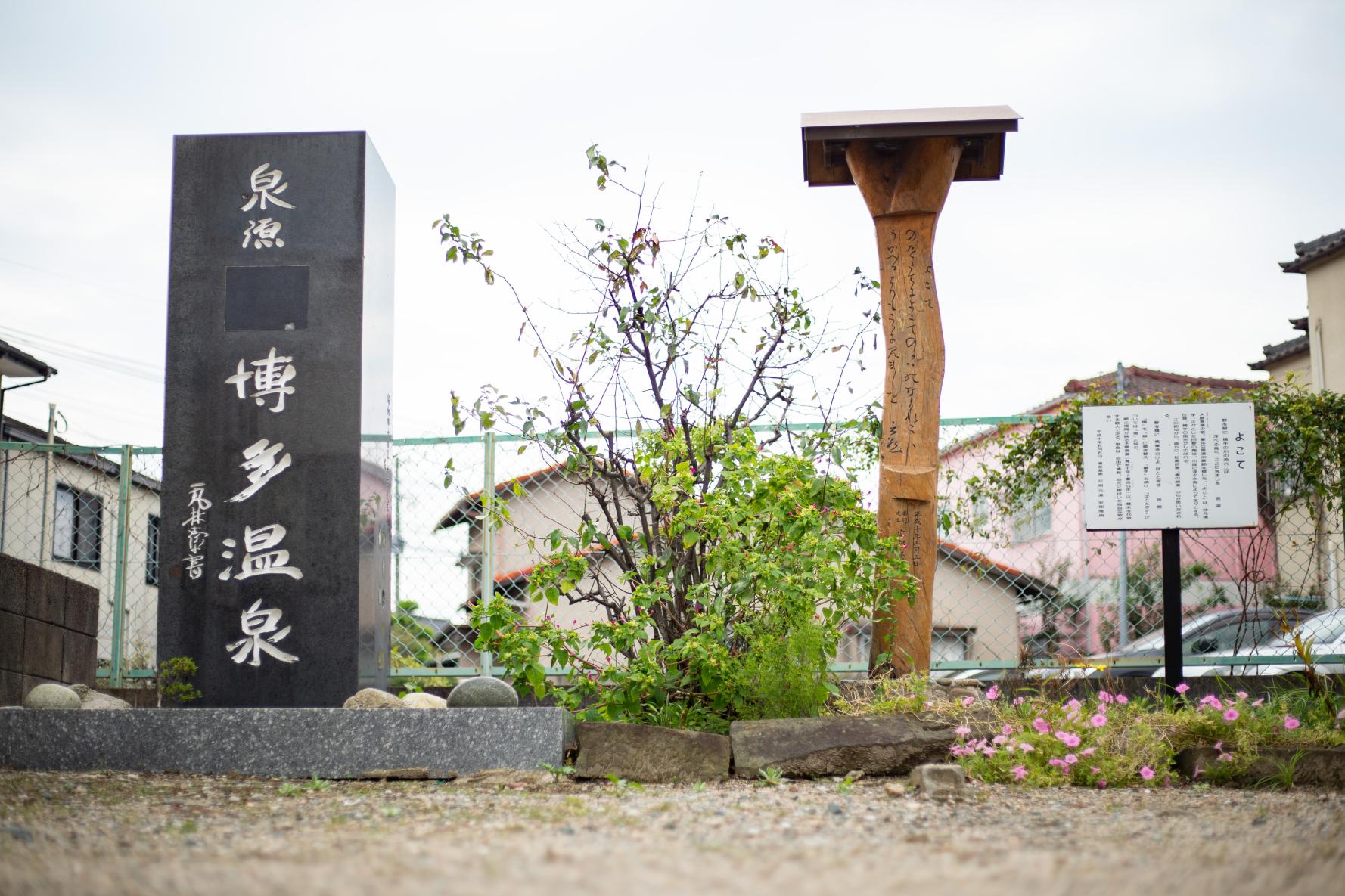
Hakata Onsen
This hot spring is located in a residential area just 5 km south of Tenjin in Fukuoka City. Comprised of one hot spring bath house and one inn, rather than a complete resort town, it is known for its abundant water volume and high temperature. It is a less well known place to escape the city bustle and enjoy constantly flowing spring water.
-
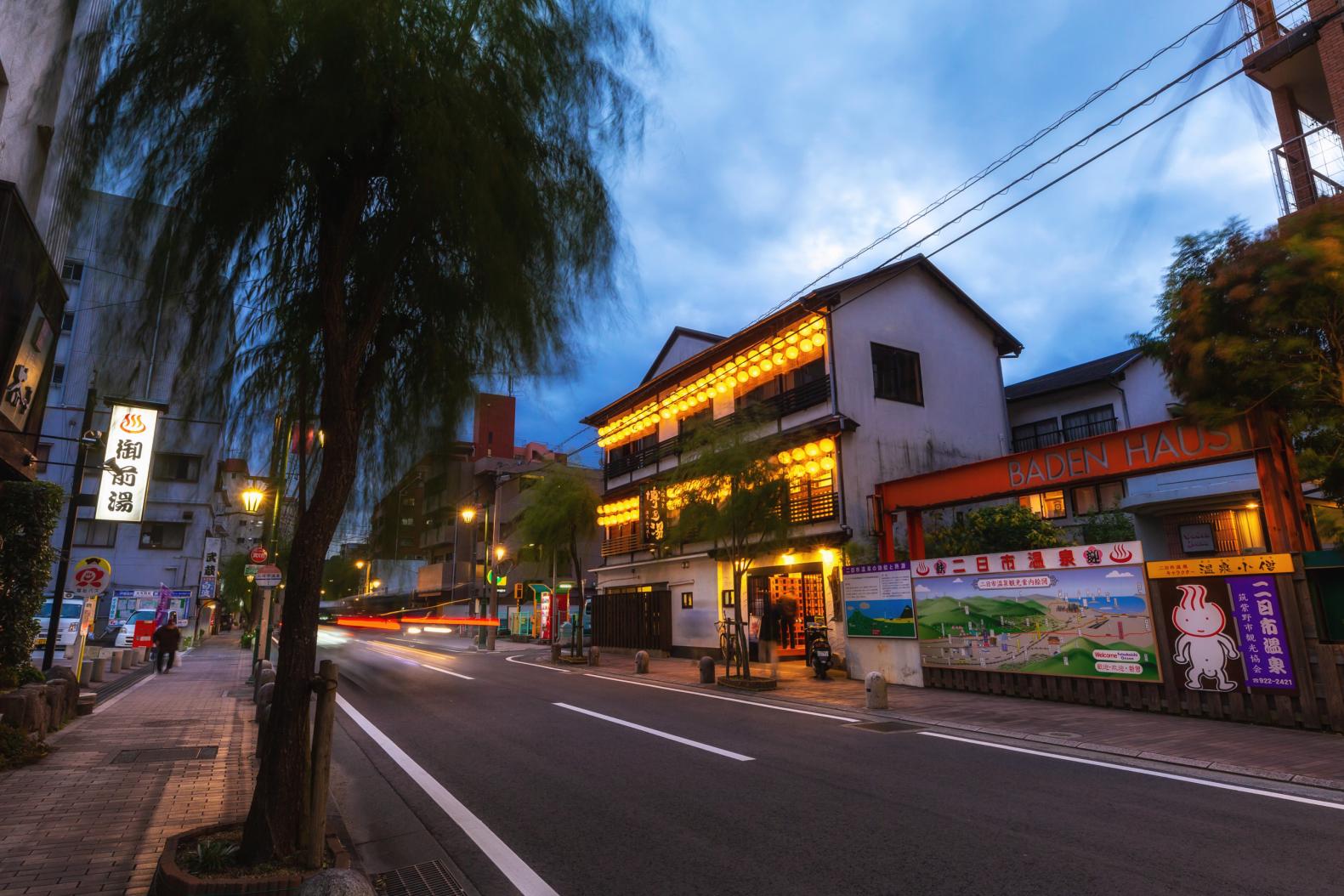
Futsukaichi Onsen
This historic hot spring is mentioned in the Manyoshu collection of Japanese waka poems dating from the 8th century, and has long prospered as the Hakata-no-Okuzashiki. The alkaline pure spring water features a high content of radon is moist and popular for its properties helping beautiful skin. We also recommending spending the night here before or after sightseeing in Dazaifu.
-
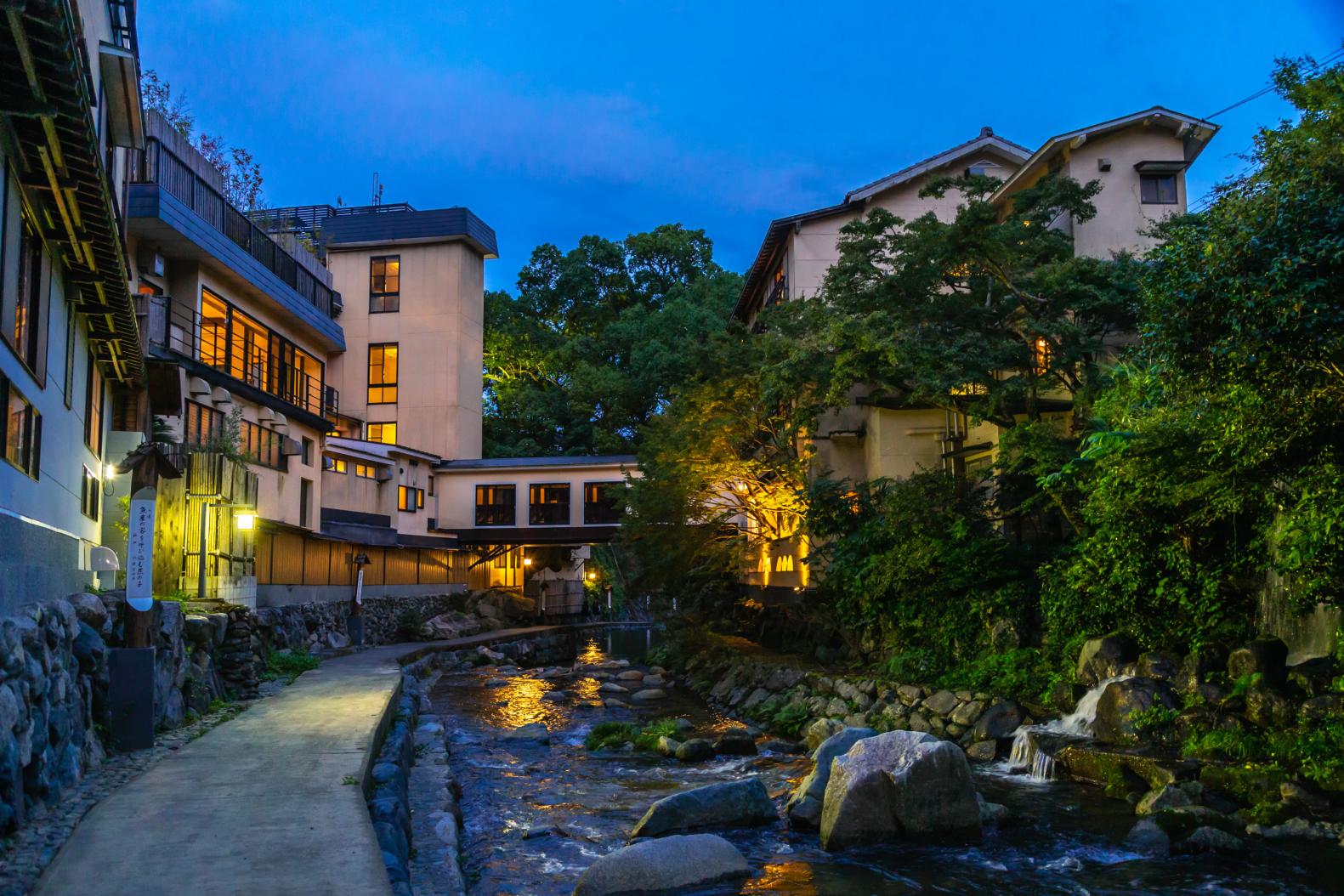
Wakita Onsen
This hot spring resort is surrounded in quietude in a valley at the foot of the Inunaki Pass. The rich nature of the area features cherry blossoms and fresh greenery in spring, fireflies in the summer, autumn leaves in the fall, and snowscapes in the winter.
-
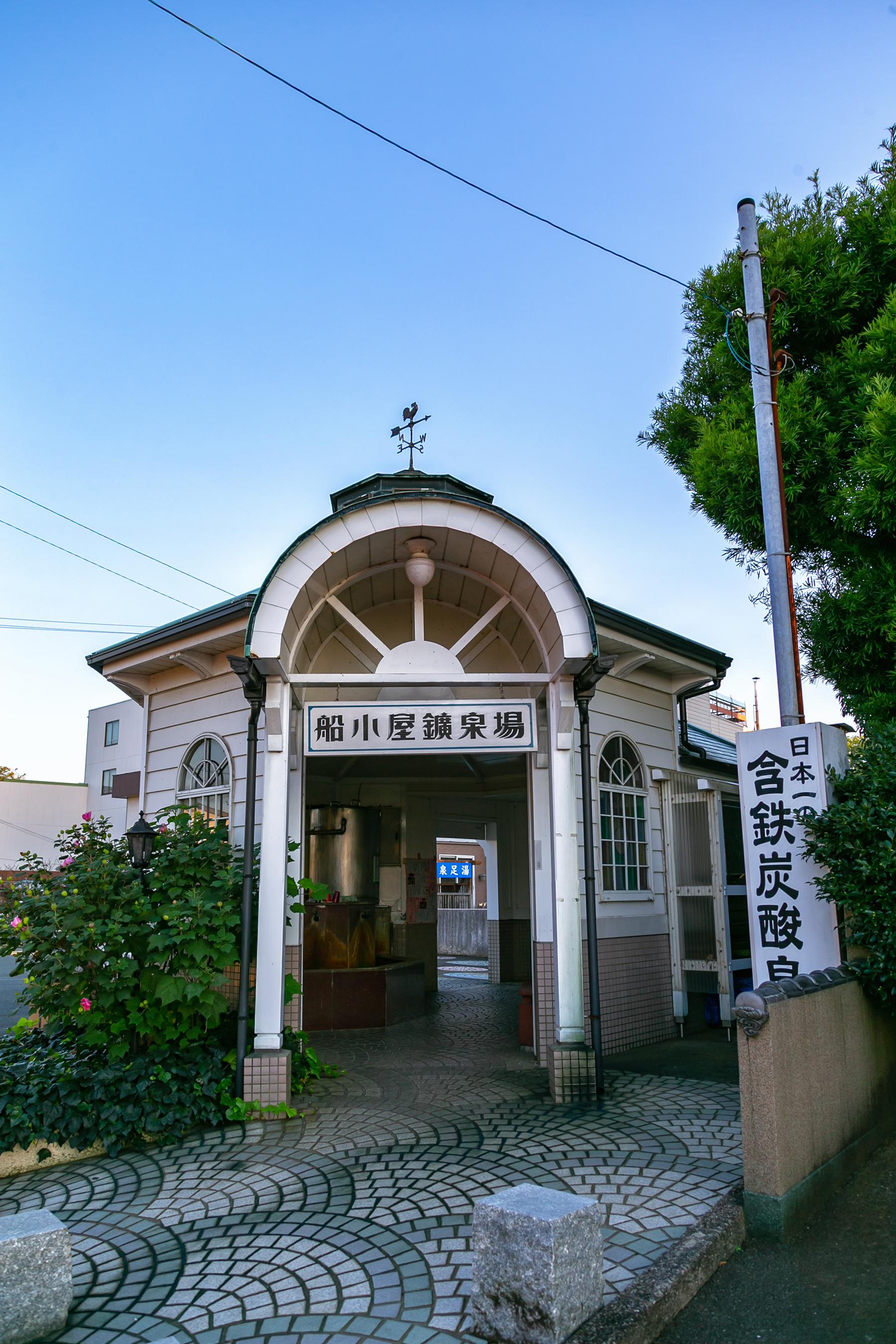
Funagoya Onsen
This hot spring is located along the Yabe River, just 5 minutes by car from Chikugo Funagoya Station on the Kyushu Shinkansen line. It features a carbonated spring with high iron content and the some of the highest carbonic acid content in Japan. It is located adjacent to the HAWKS Baseball Park Chikugo.
Conclusions
Did you enjoy the tour? We hope you refer to it in detail to make sure you enjoy your first trip to Fukuoka to the fullest!
While a day trip can be enjoyable, we recommend staying at least one night so that you can enjoy some leisurely drinks at a Yatai food stall, hop into a hot spring bath, and take your time enjoying Fukuoka! Don’t forget to make your hotel reservations!


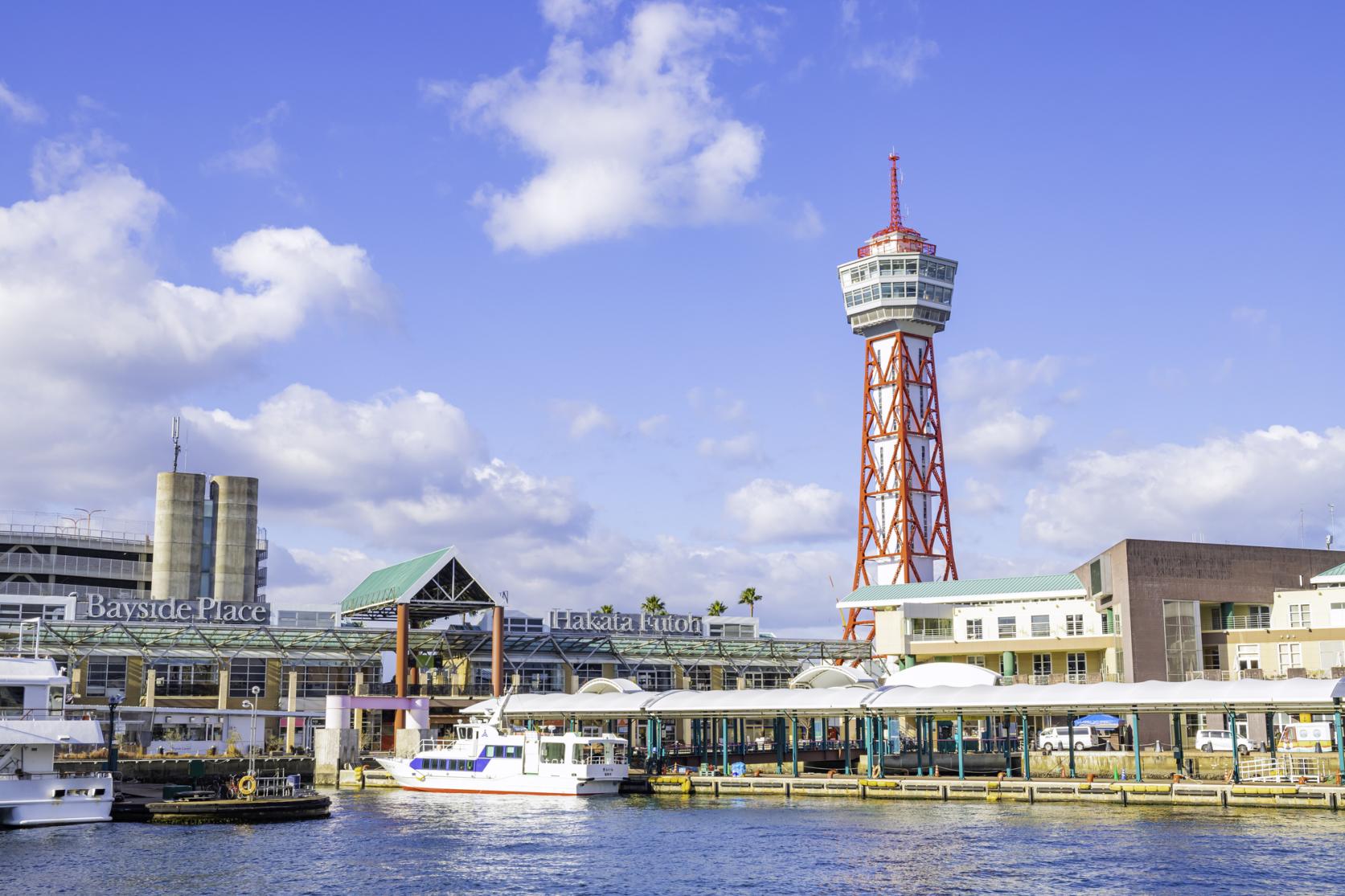
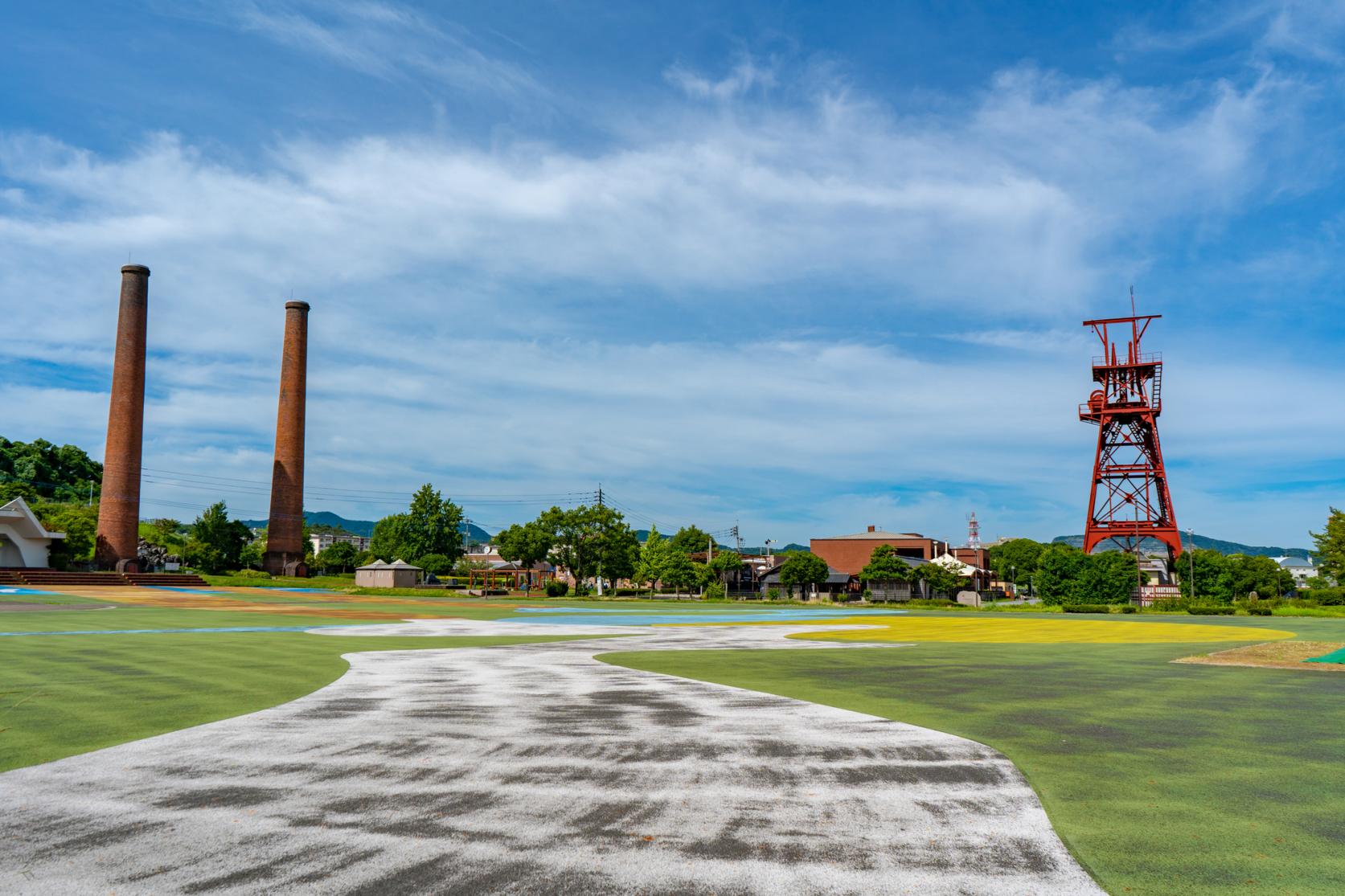
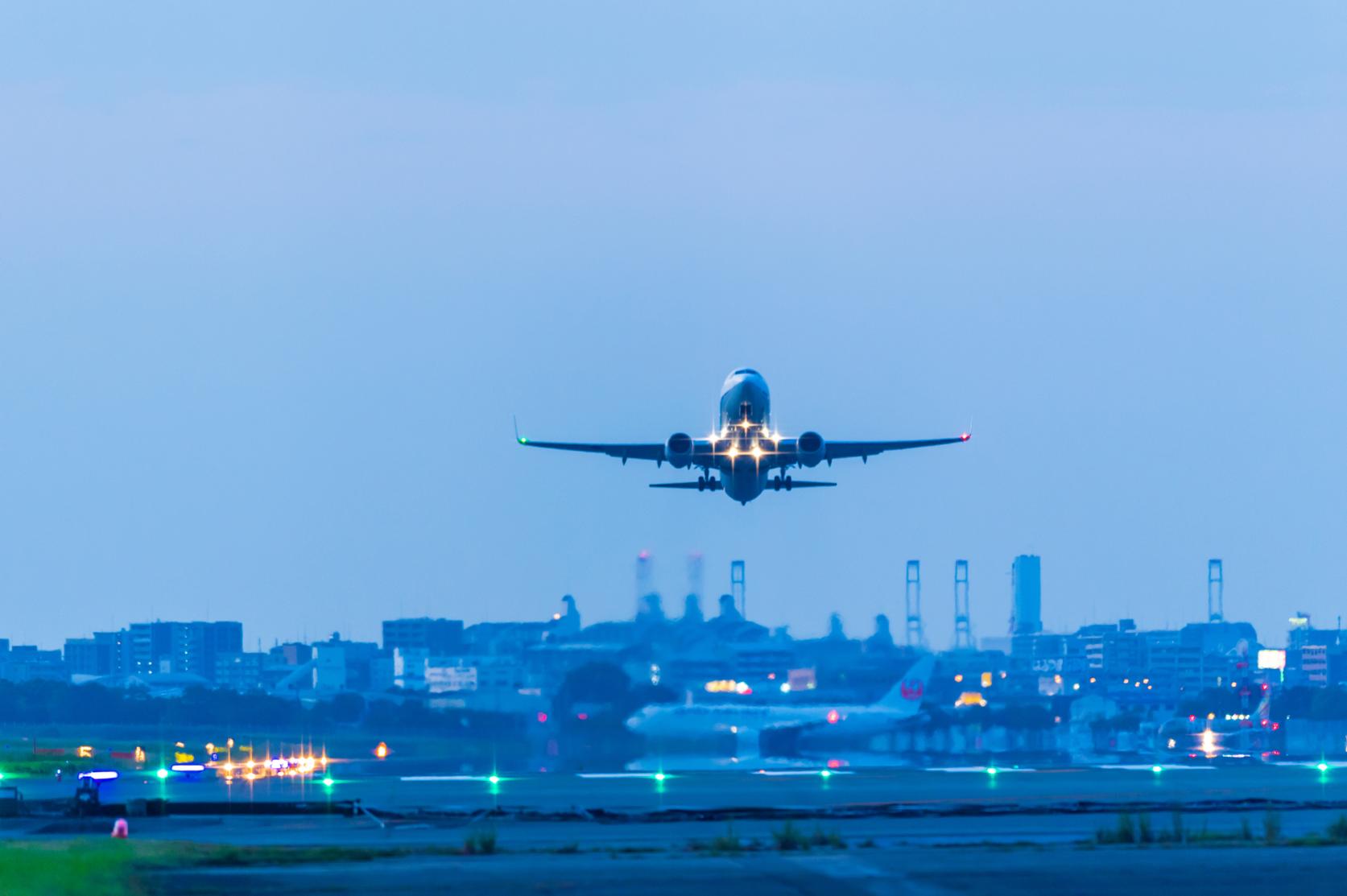
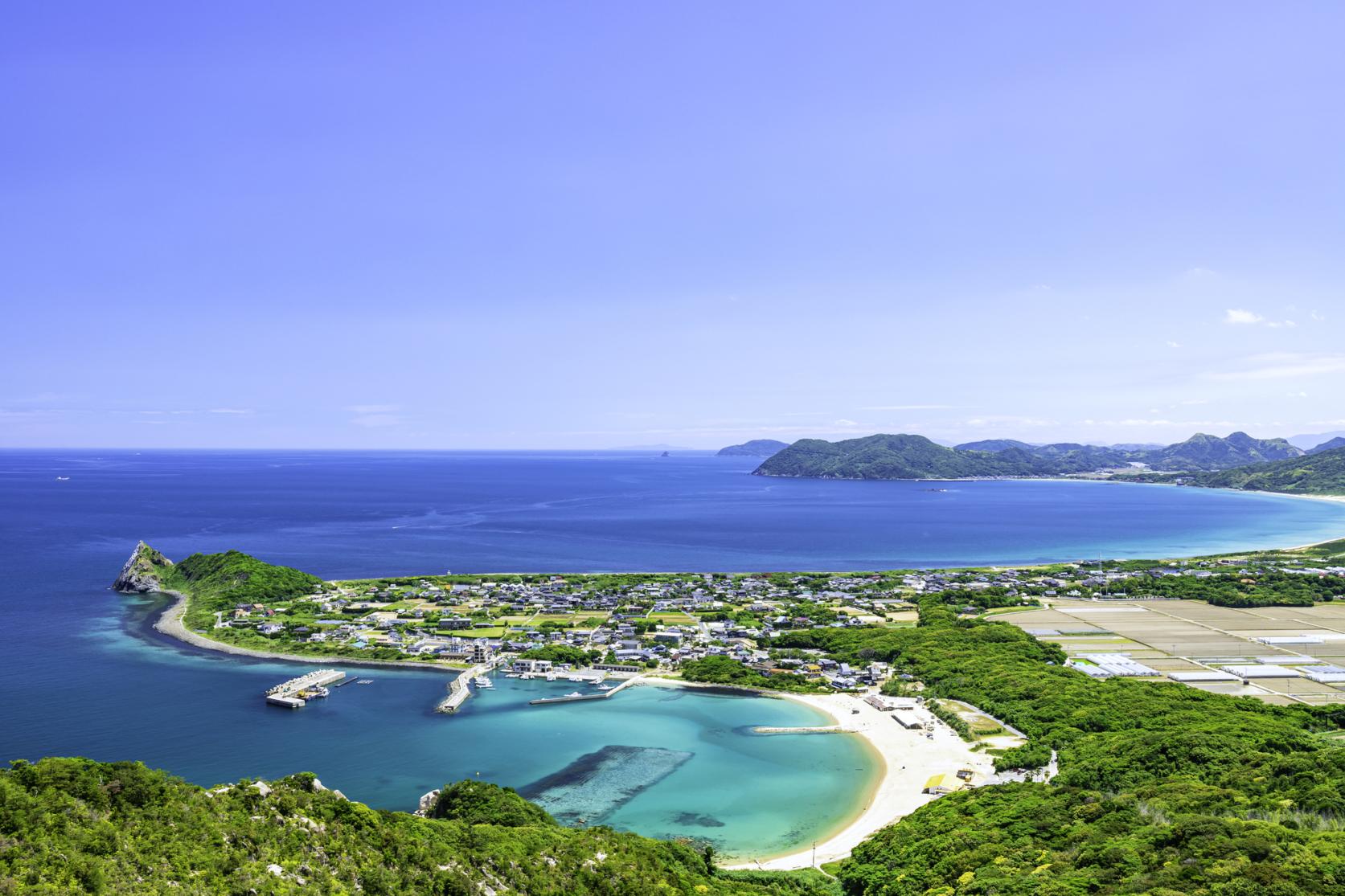
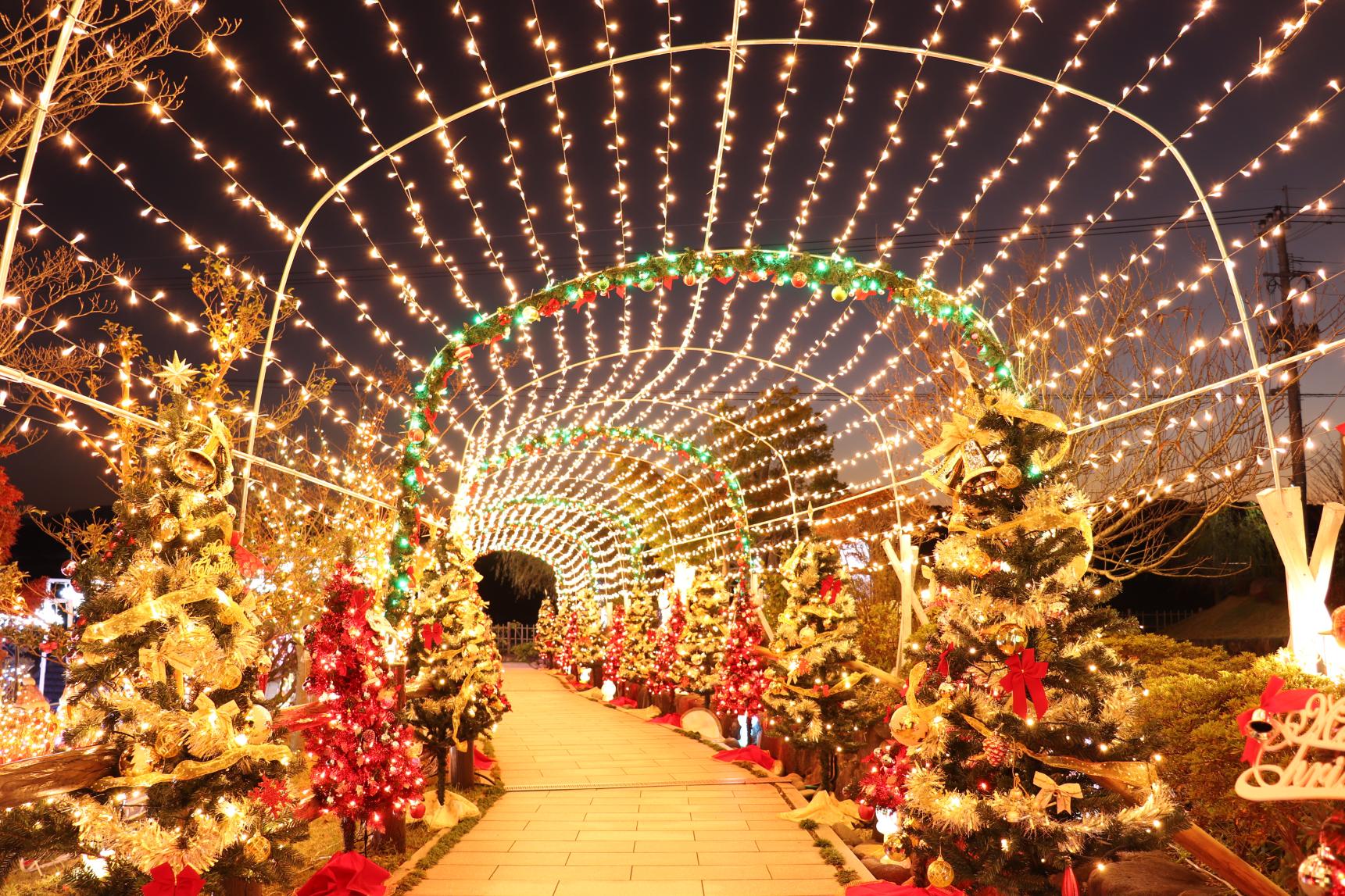
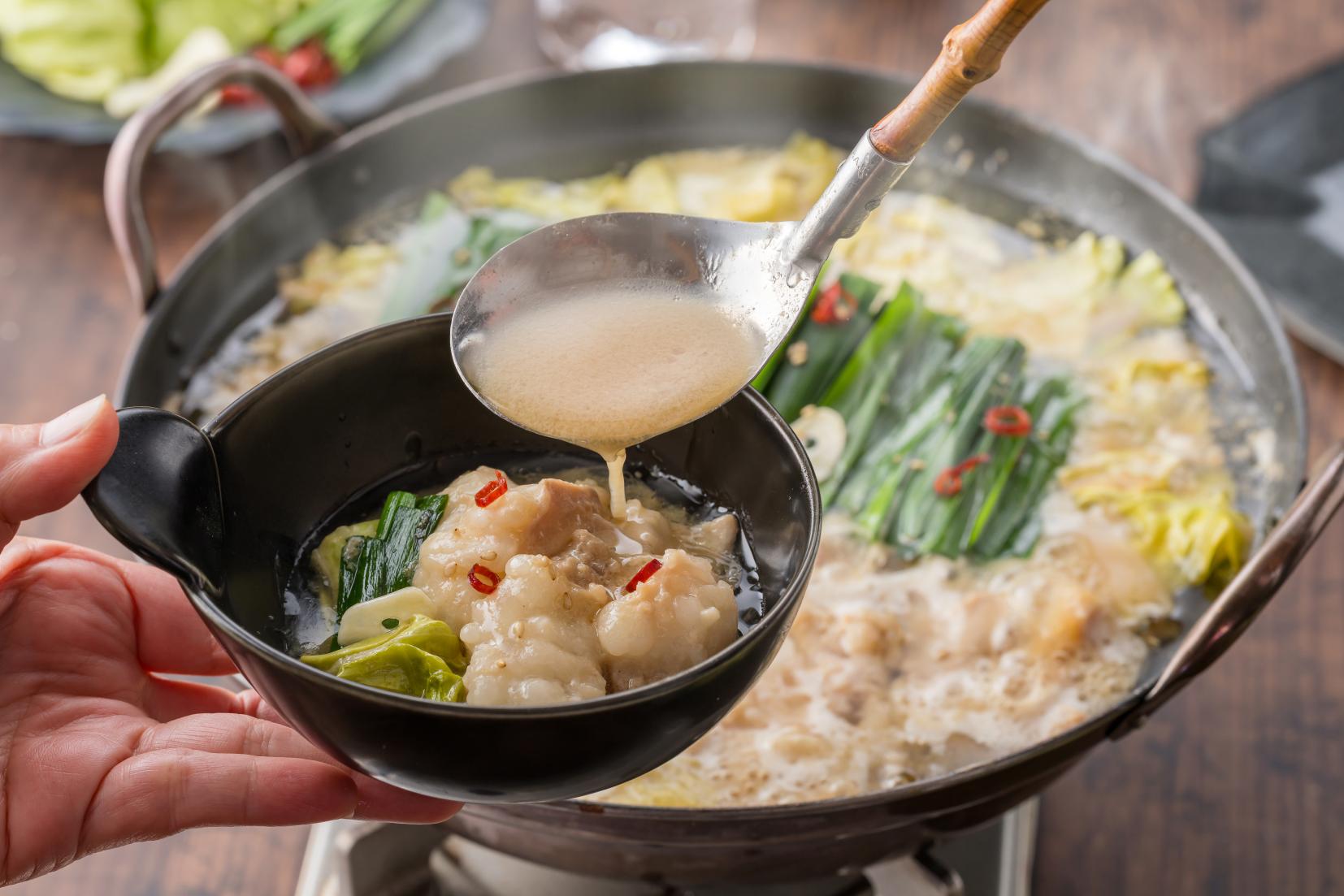
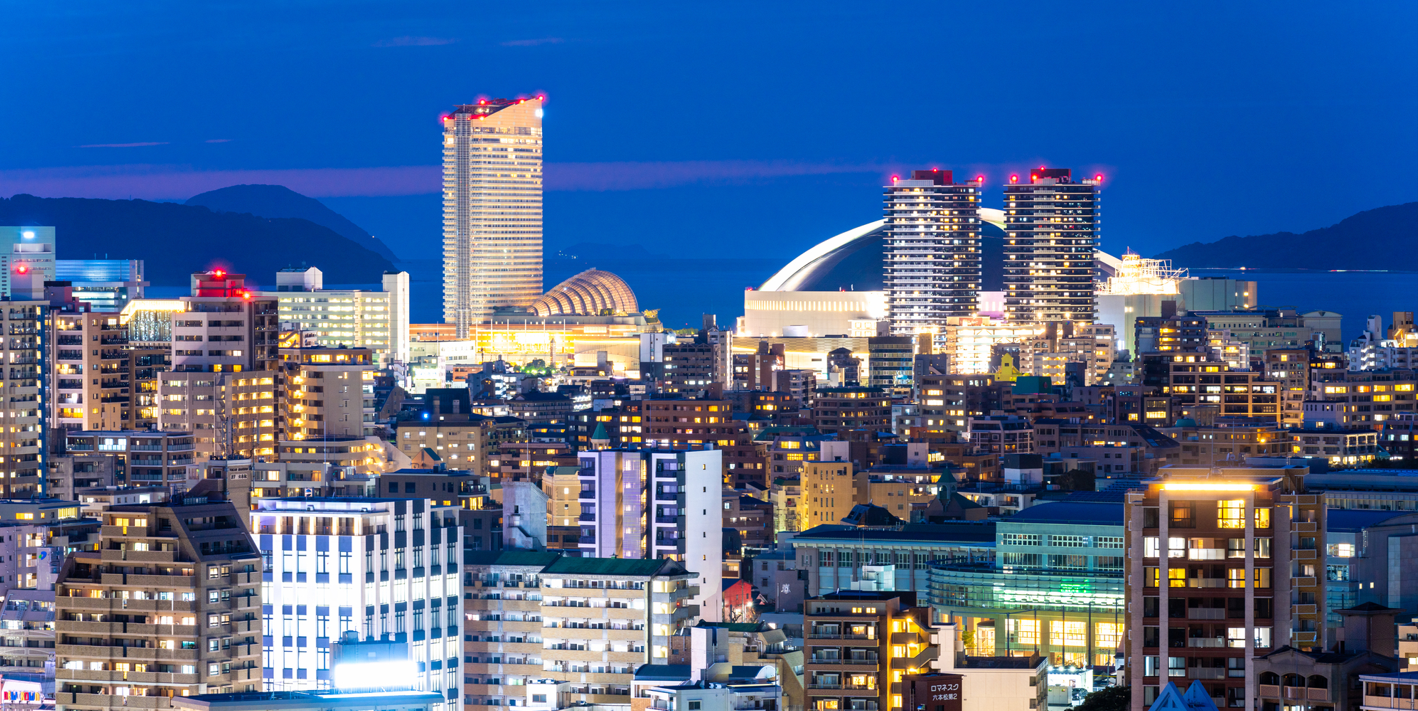
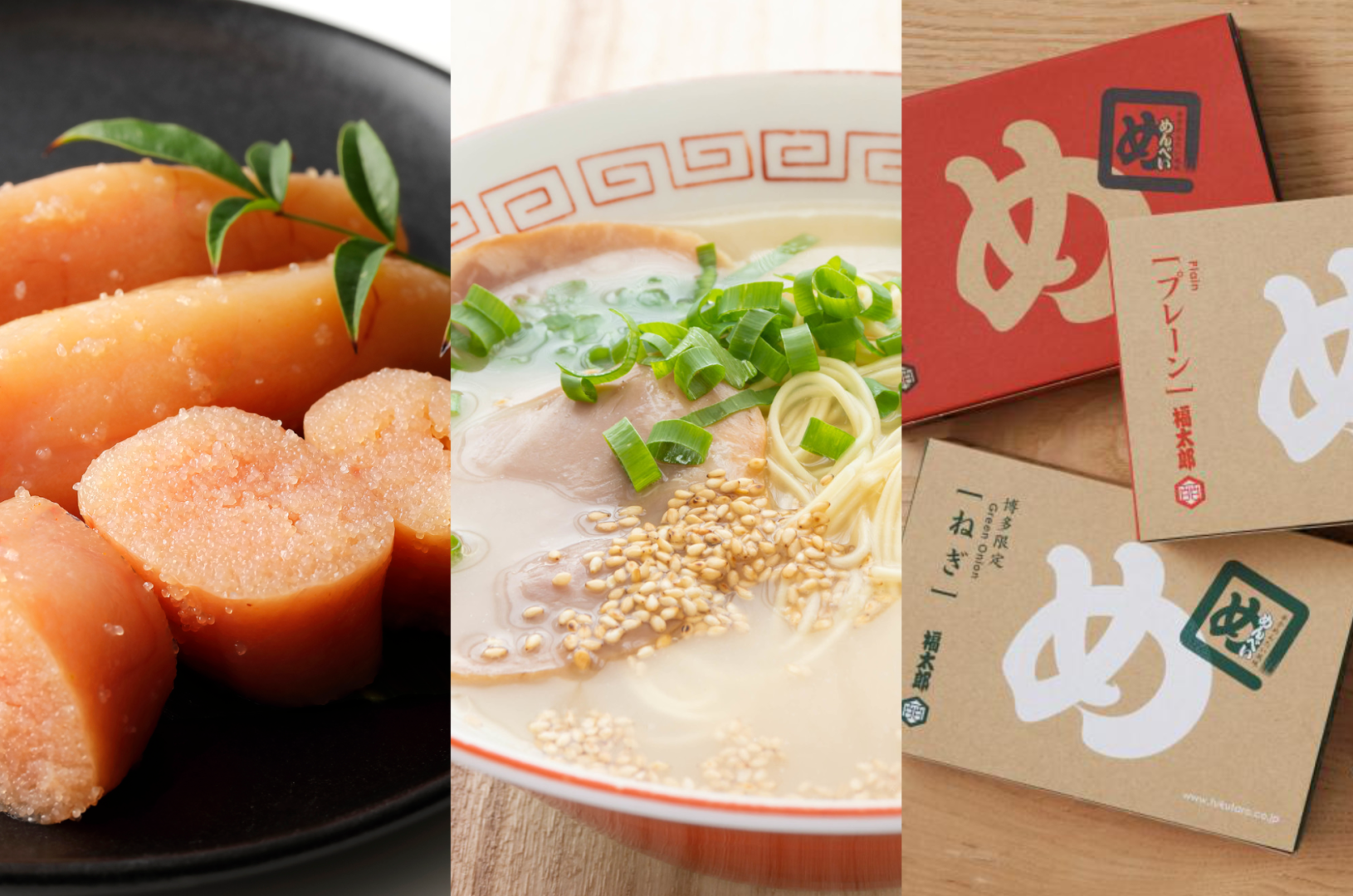
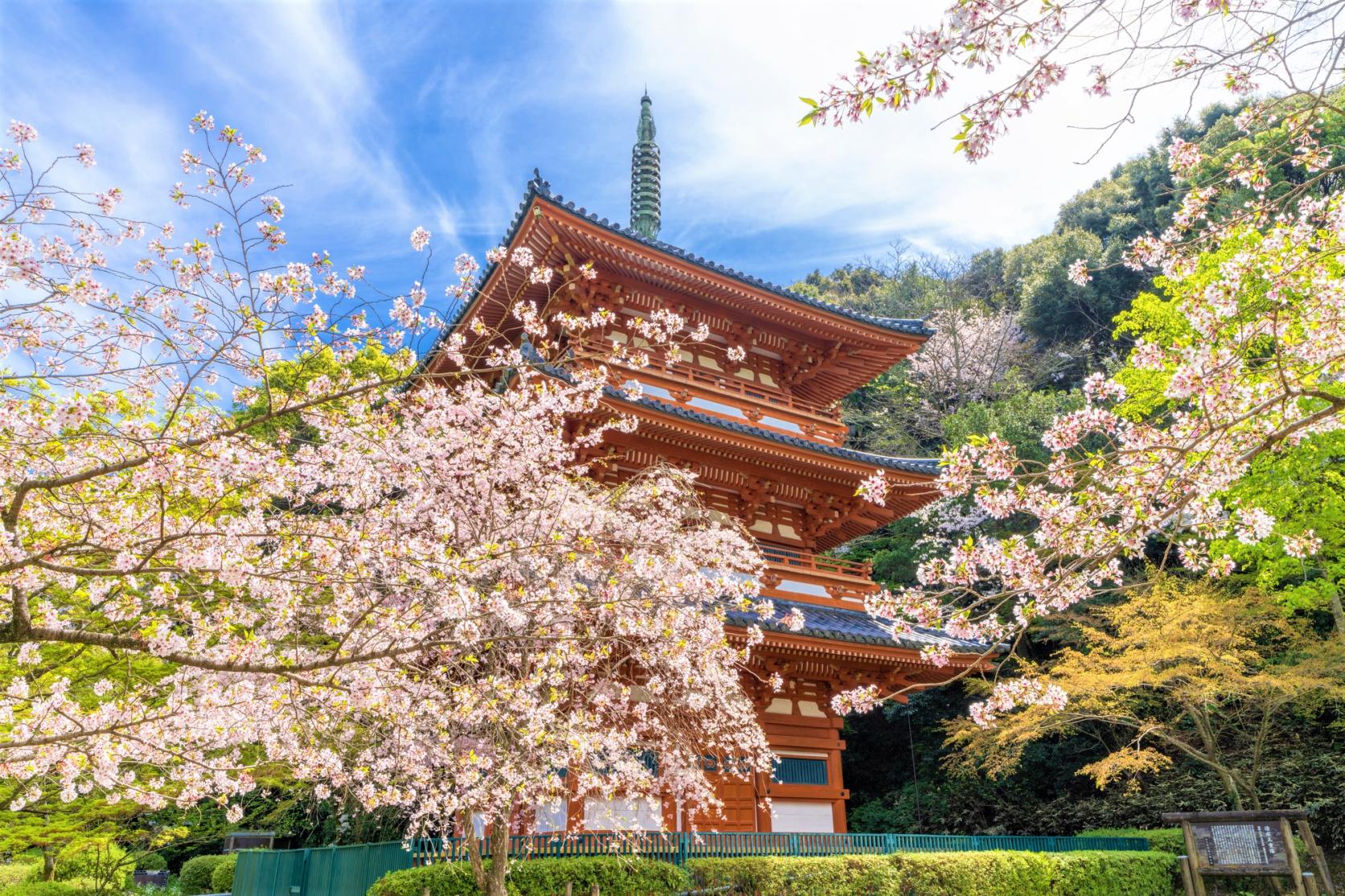
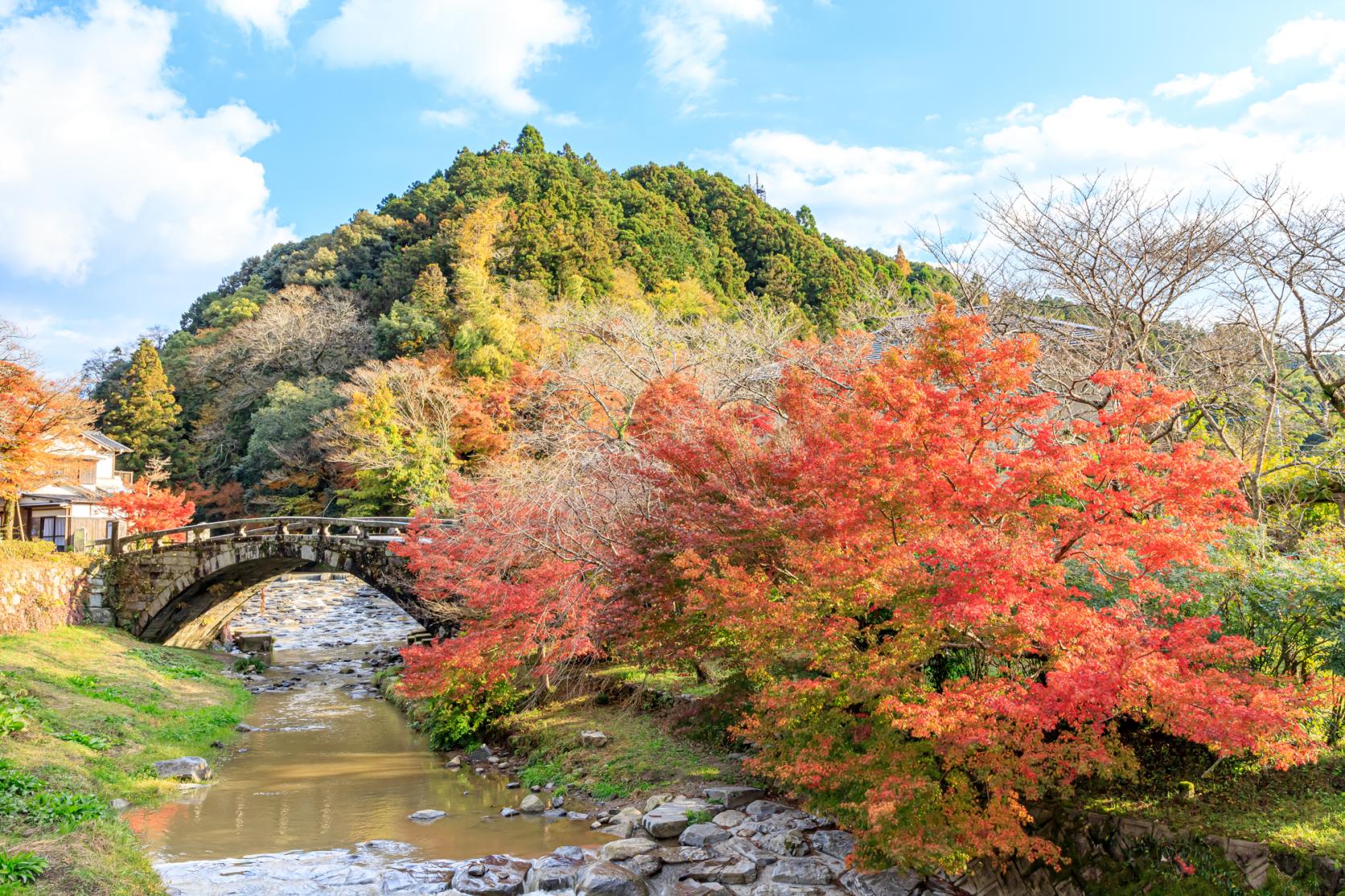
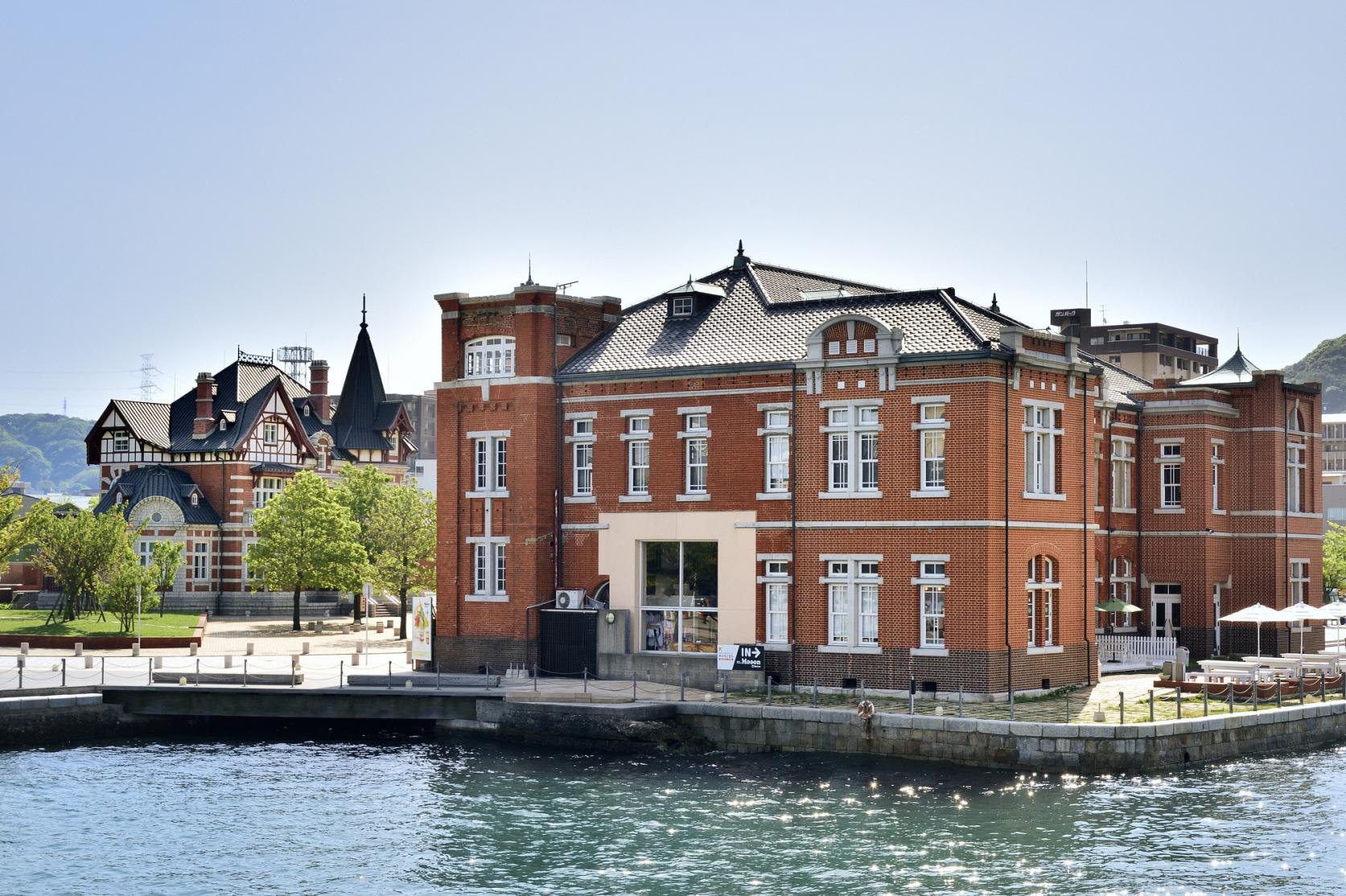

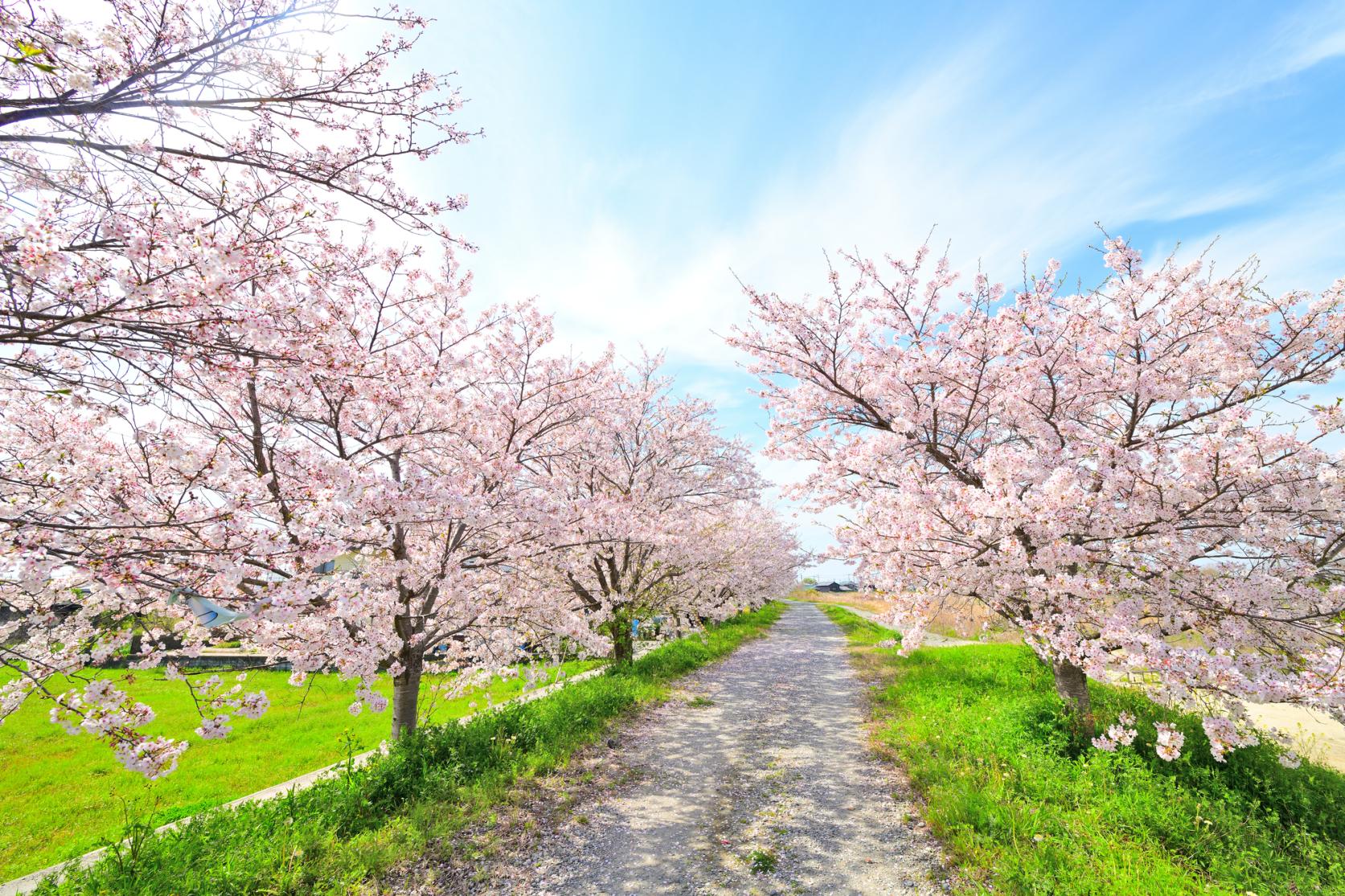
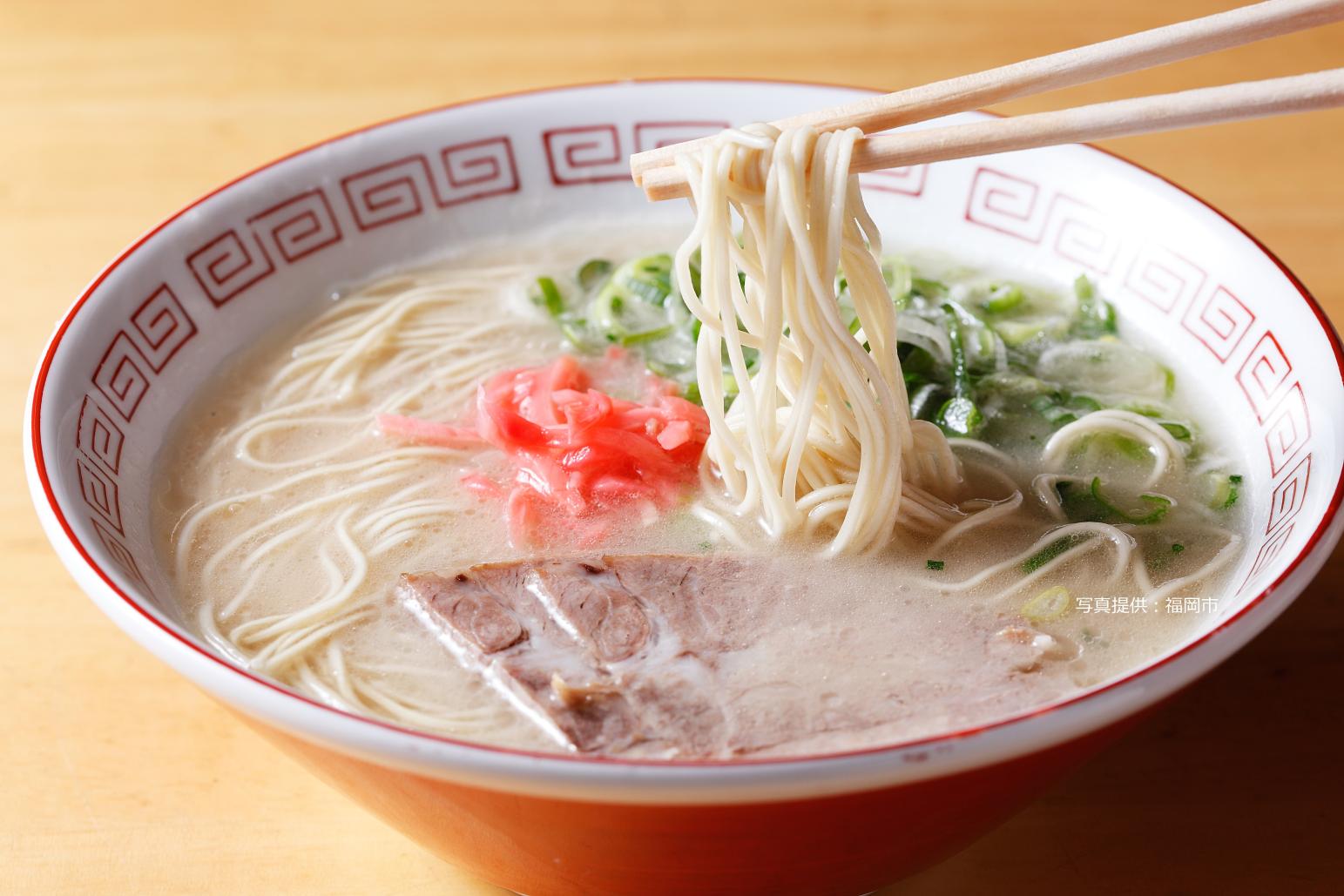
![[2025] Strawberry Picking Spots in Fukuoka-1](https://www.crossroadfukuoka.jp/storage/special_features/49/responsive_images/9ZHgrqvQdpH8tM4IRF54DXu0aPBF3YGGkj5WOTGc__1673_1115.jpg)
